Dolly Parton is more than just a country music icon; she’s a songwriting powerhouse whose compositions have resonated across genres and generations. From heartfelt ballads rooted in her Appalachian upbringing to empowering anthems and playful pop crossovers, Parton’s songbook is a testament to her unparalleled storytelling ability and musical versatility. For over seven decades, she has been crafting songs that explore the full spectrum of human emotion, tackling themes of love, loss, faith, hardship, and hope with equal measures of sincerity and wit. This exploration delves into some of the most essential Dolly Parton Songs, celebrating the enduring legacy of a true musical legend.
‘Stairway to Heaven’
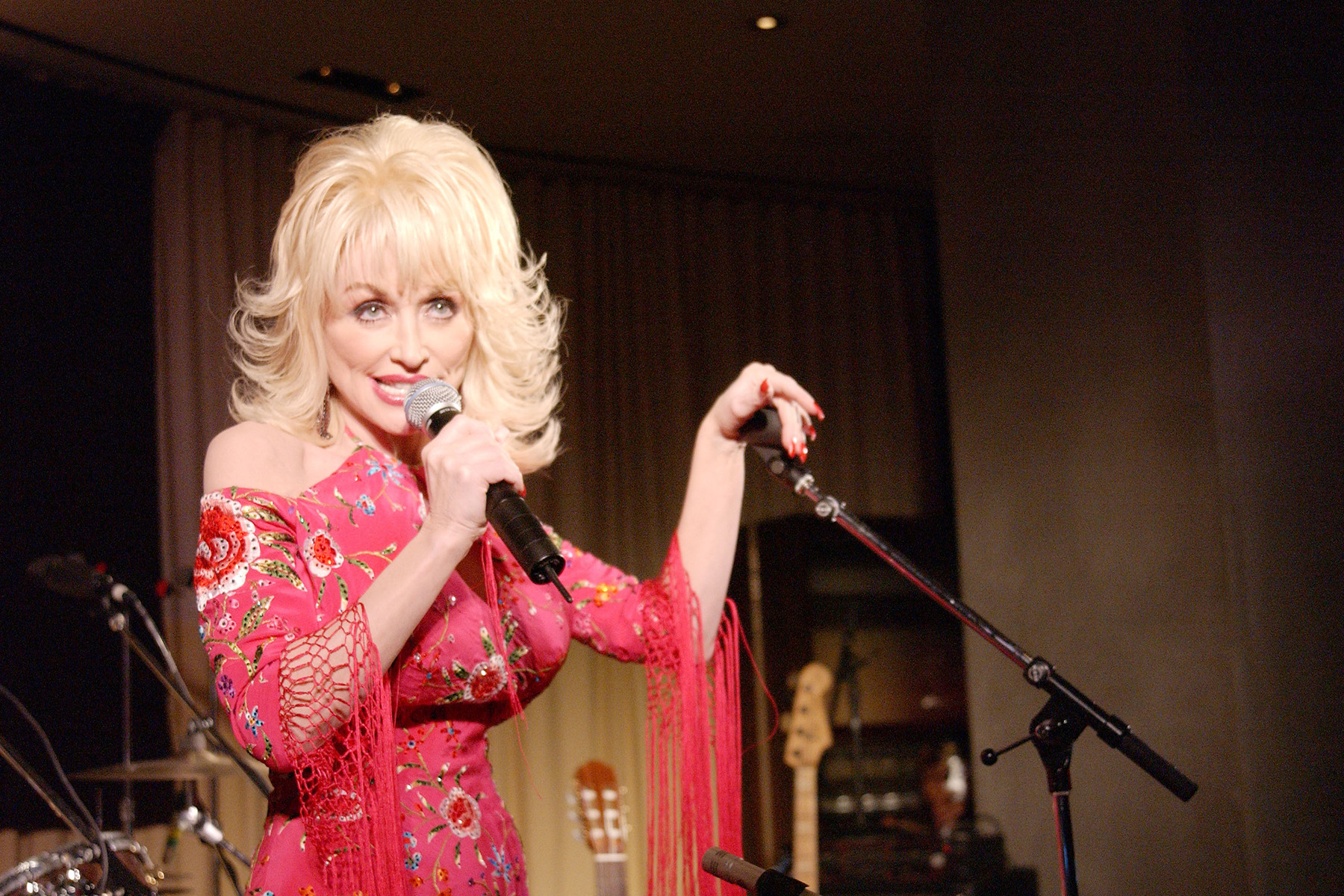 Dolly Parton performing at the Tennessee Film & Music Commission in Westwood, CA – October 15, 2023
Dolly Parton performing at the Tennessee Film & Music Commission in Westwood, CA – October 15, 2023
Image Credit: Robert Mora/Getty Images
While often associated with Led Zeppelin’s rock anthem, Dolly Parton’s reimagining of “Stairway to Heaven” showcases her genre-bending artistry. Known for her appreciation of Led Zeppelin, as evidenced by her 1975 hit “We Used To,” Parton takes this rock classic and transforms it into a bluegrass-gospel masterpiece. Her version, released in 2023, features soaring harmonies from a heavenly choir and ad-libbed lyrical tweaks, injecting a distinctly Dolly flavor into the iconic Jimmy Page and Robert Plant composition. This rendition not only highlights Parton’s vocal prowess but also her innovative approach to music, bridging the gap between rock and country in a truly unique way.
‘We Used To’
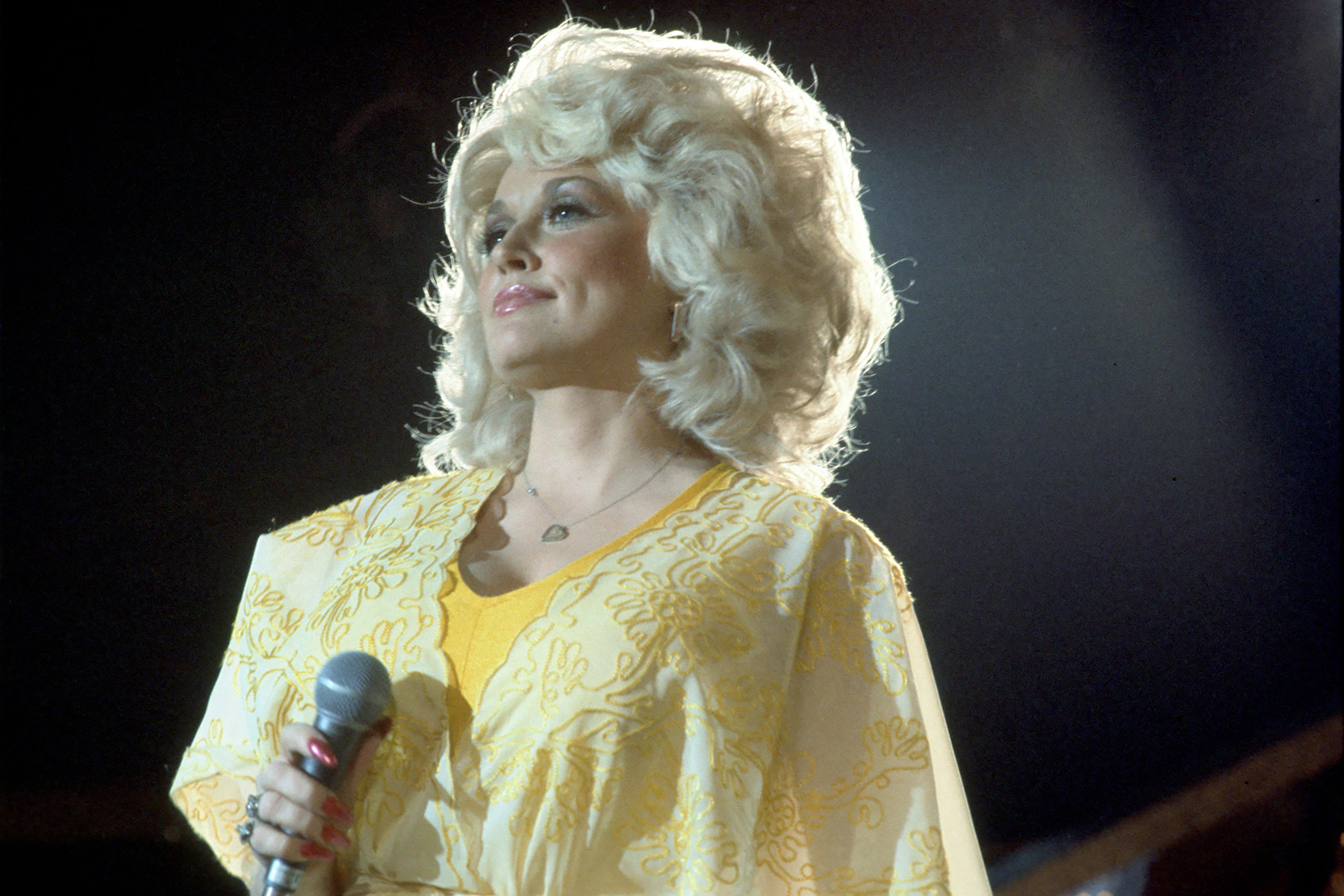 Dolly Parton performing onstage in a yellow dress in Los Angeles, California, circa 1975
Dolly Parton performing onstage in a yellow dress in Los Angeles, California, circa 1975
Image Credit: Michael Ochs Archives/Getty Images
“We Used To,” the opening track from Parton’s 1975 album Dolly, serves as a powerful example of her ability to blend genres and emotions. The song’s acoustic guitar riff playfully nods to Led Zeppelin’s “Stairway to Heaven,” a surprising homage that initially caught the attention of rock fans, including Parton’s own husband. However, beyond the Zeppelin tribute, “We Used To” stands as a deeply moving heartbreak ballad. In this song, Parton lays bare raw, gut-wrenching emotion, delivering a performance that is both vulnerable and intensely relatable. It exemplifies her signature style of weaving personal experiences into universally resonant narratives.
‘Tennessee Homesick Blues’
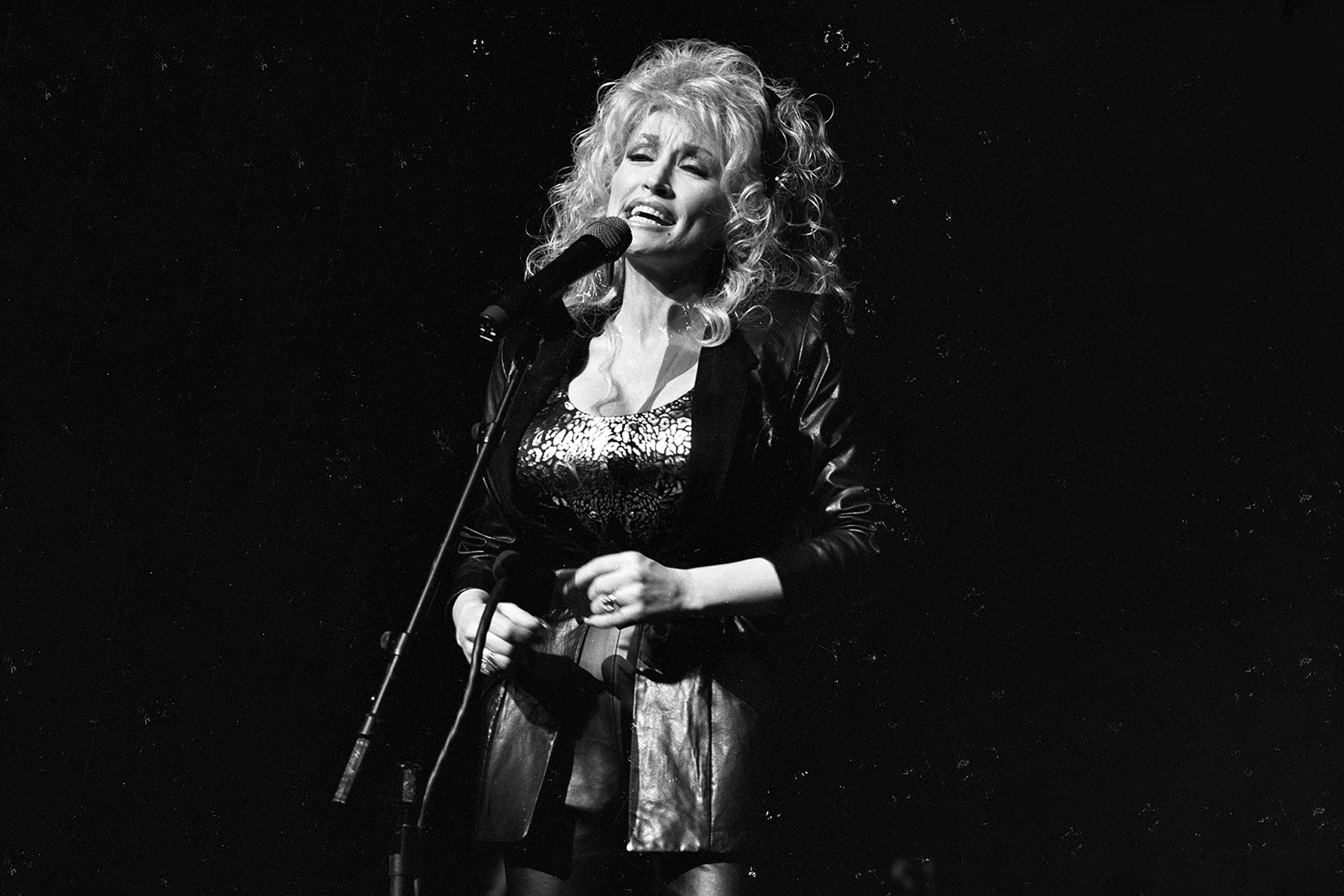 Dolly Parton performing onstage in a yellow dress in Los Angeles, California, circa 1985
Dolly Parton performing onstage in a yellow dress in Los Angeles, California, circa 1985
Image Credit: Michael Ochs Archives/Getty Images
Despite the film Rhinestone being considered a critical and commercial misstep, pairing Dolly Parton with Sylvester Stallone, it produced a true gem: “Tennessee Homesick Blues.” Parton herself jokingly commented on the film’s reception, stating, “I guess the public didn’t want to see Sylvester Stallone do comedy – or see me do Sylvester Stallone.” Yet, this upbeat and infectious tune became a standout, celebrating Parton’s deep connection to her Appalachian roots. “Tennessee Homesick Blues” is a jubilant expression of pride in her heritage, a reminder of her Smoky Mountain upbringing, and a testament to the enduring power of home. The song’s lively rhythm and heartfelt lyrics made it a memorable highlight, transcending the film’s shortcomings.
‘It’s All Wrong, But It’s Alright’
 Dolly Parton on The Voice
Dolly Parton on The Voice
Image Credit: Trae Patton/NBCU Photo Bank/NBCUniversal/.Getty Images
While “Two Doors Down” climbed the pop charts, “It’s All Wrong, But It’s Alright,” the B-side to that single, resonated deeply within country music circles. This track showcases Parton’s unapologetically honest and forthright songwriting. With lines like “Can I use you for a while,” Parton sets the stage for a no-strings-attached encounter, exploring themes of desire and fleeting connection with unflinching candor. “It’s All Wrong, But It’s Alright” is a tale of complex emotions, weaving together honesty and heartbreak in a way that is both captivating and profoundly human. It’s a testament to Parton’s ability to explore mature themes with nuance and directness.
‘Love Is Like a Butterfly’
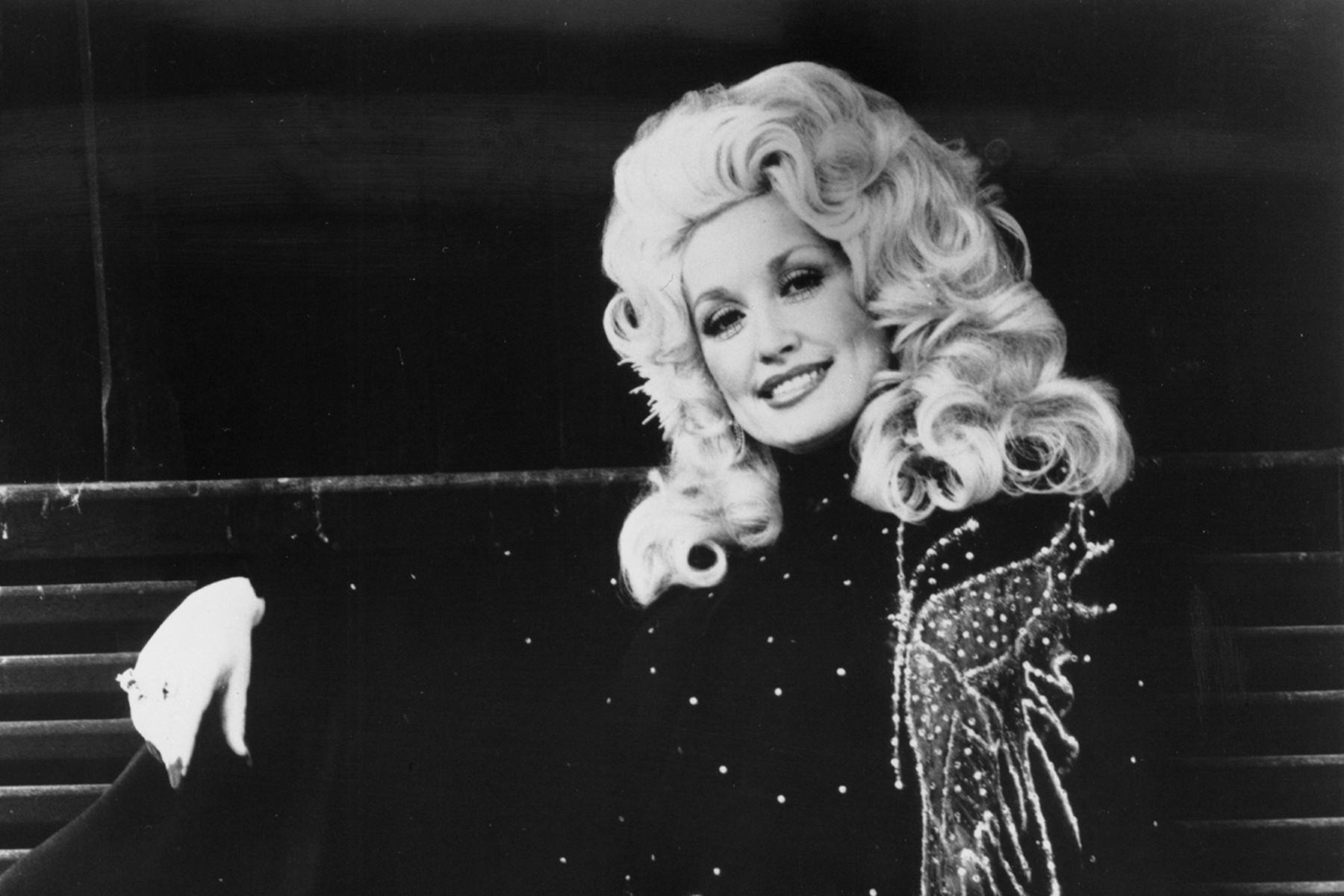 Dolly Parton posing for a portrait in circa 1974
Dolly Parton posing for a portrait in circa 1974
Image Credit: Michael Ochs Archives/Getty Images
“Love Is Like a Butterfly” is a song synonymous with Dolly Parton’s gentle and poetic songwriting. Originally the theme song for her 1970s syndicated television series and also adopted by a classic British sitcom, this song beautifully captures the delicate and ephemeral nature of love. Using simple yet evocative lyrics, Parton compares love to a butterfly, highlighting its strength, fragility, and gentle beauty. The imagery of a butterfly, “soft and gentle as a sigh,” perfectly encapsulates the tender emotions the song conveys. The butterfly motif would later become an integral part of Parton’s brand, prominently featured in the Dollywood logo, further cementing the song’s iconic status in her career.
‘Old Flames (Can’t Hold a Candle to You)’
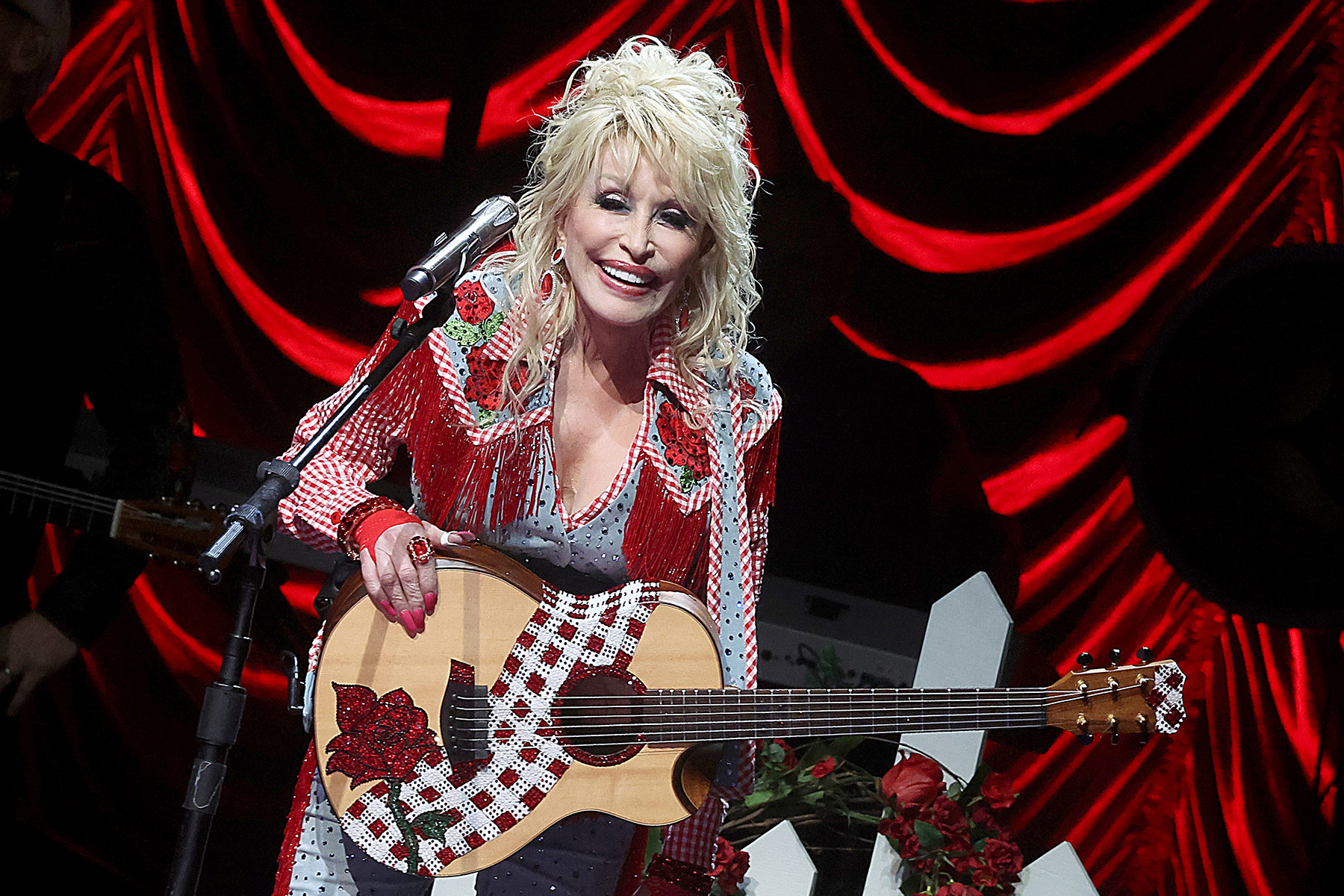 Dolly Parton performing at SXSW 2022
Dolly Parton performing at SXSW 2022
Image Credit: Gary Miller/WireImage/Getty Images
“Old Flames (Can’t Hold a Candle to You)” demonstrates Parton’s skill in taking a well-crafted song and elevating it to new emotional heights. Written by Nashville songwriter Pebe Sebert (mother of Kesha) and Hugh Moffat, the song was initially a Top 20 hit for Joe Sun. However, Parton’s slowed-down rendition brings a smoldering intensity and deeper emotional resonance to the honky-tonk tune. Her version basks in the “warm glow of romantic reassurance,” highlighting Parton’s ability to infuse familiar melodies with her unique vocal style and heartfelt delivery, making the song feel both classic and uniquely her own.
‘Jeannie’s Afraid of the Dark,’ with Porter Wagoner
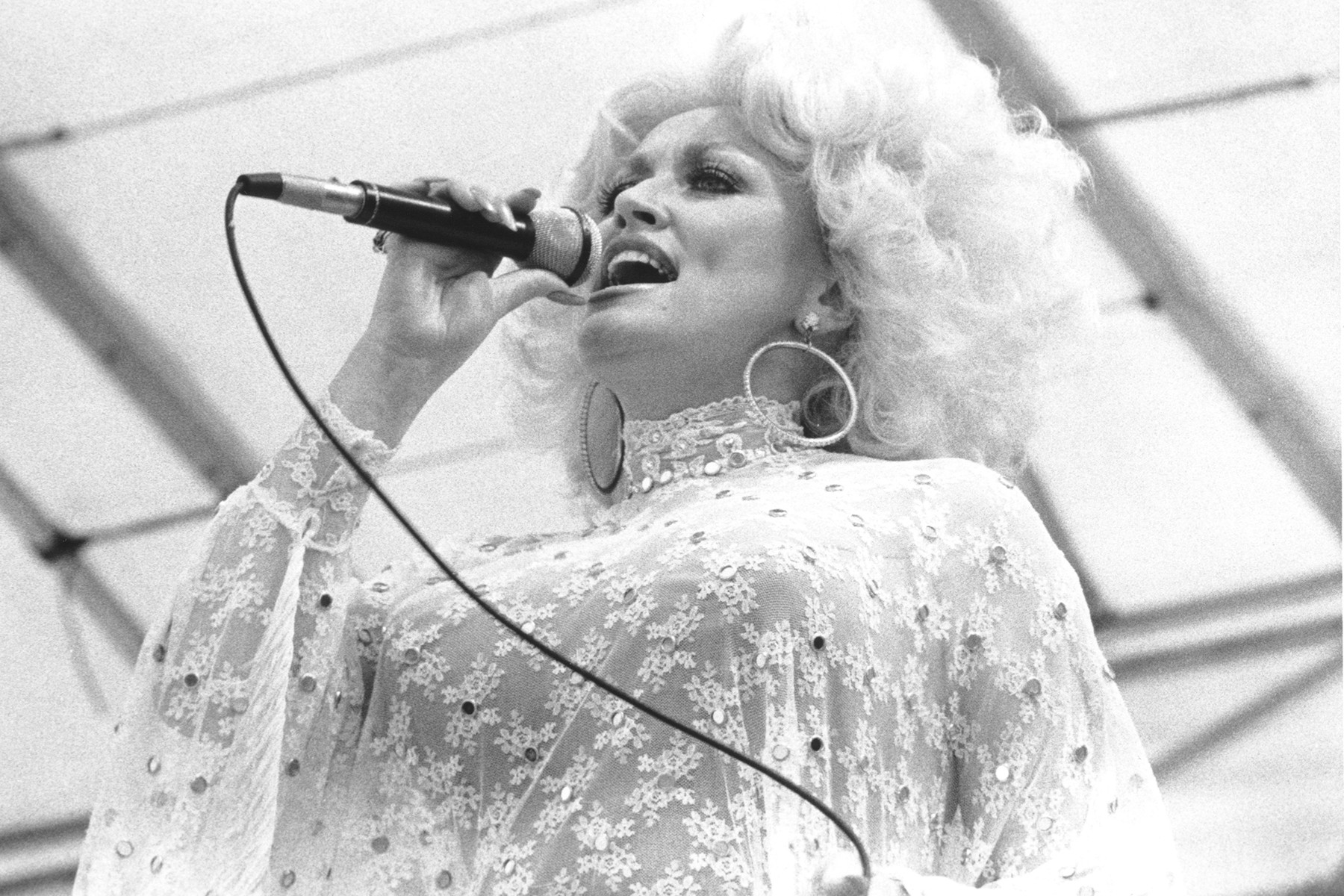 Dolly Parton and Porter Wagoner in 1978
Dolly Parton and Porter Wagoner in 1978
Image Credit: Chris Walter/WireImage/Getty Images
“Jeannie’s Afraid of the Dark,” a duet with her mentor Porter Wagoner, stands out among their extensive collaborations. Inspired partly by Parton’s own nyctophobia (fear of the dark), the song is a testament to her songwriting artistry. Featuring a somber spoken-word recitation by Wagoner, the track could have easily become overly sentimental. Instead, Parton’s songwriting transforms it into a deeply personal and moving meditation on love and loss. “Jeannie’s Afraid of the Dark” showcases their vocal chemistry and Parton’s ability to turn potentially maudlin themes into songs of profound emotional depth and relatability.
‘Backwoods Barbie’
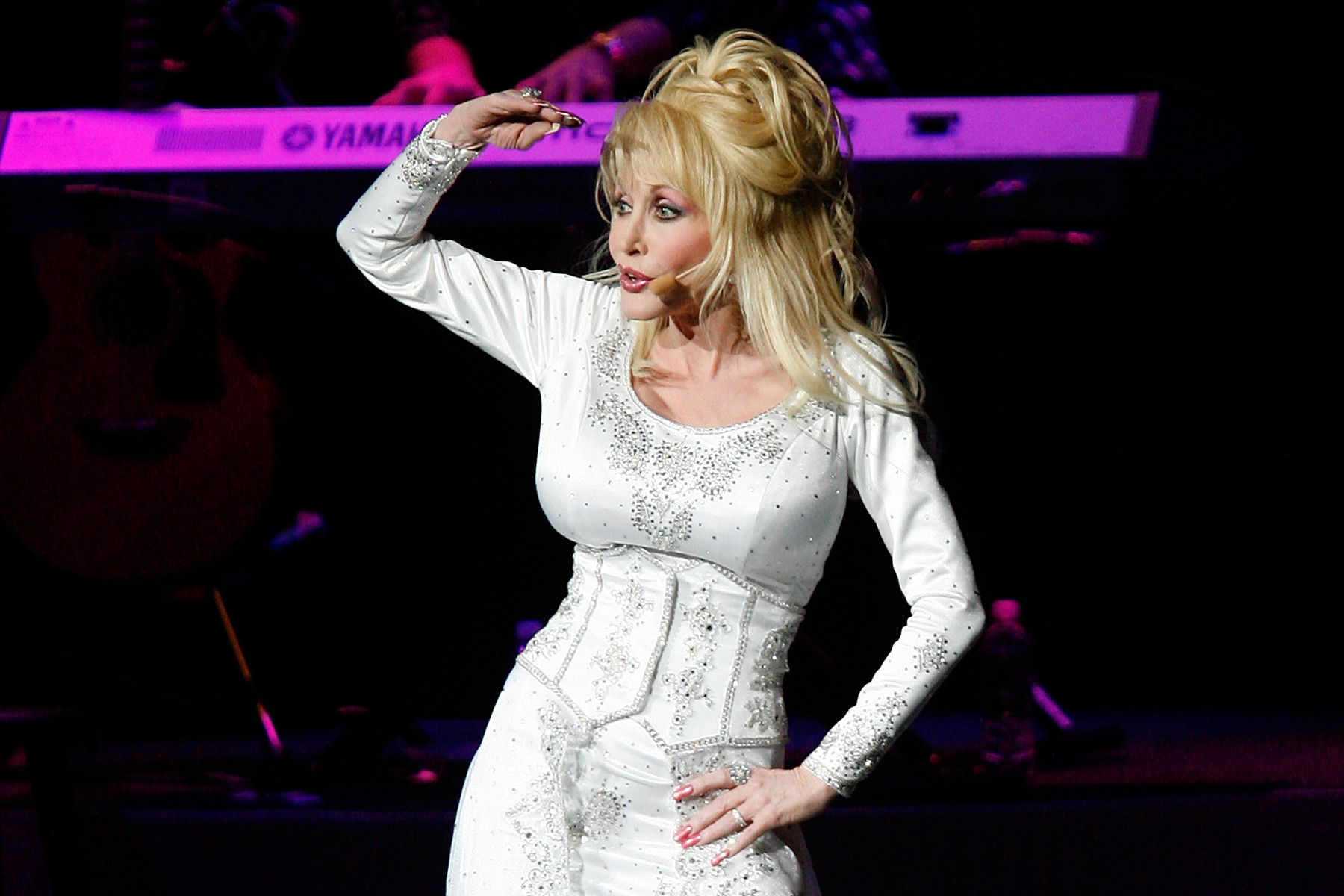 Dolly Parton performing at Radio City Music Hall in New York City, 2008
Dolly Parton performing at Radio City Music Hall in New York City, 2008
Image Credit: Matt Carr/Getty Images
“Backwoods Barbie” directly addresses the often superficial perceptions of Dolly Parton’s glamorous image. While glamour has always been a part of her persona, it has also subjected her to ridicule and misjudgment, especially as her fame grew. This upbeat yet poignant song tackles these stereotypes head-on. Despite her undeniable beauty, Parton acknowledges the ongoing struggle to be seen for who she truly is beyond the “strikingly beautiful exterior.” “Backwoods Barbie” is an anthem of self-acceptance and a clever commentary on societal expectations and appearances, delivered with Parton’s signature blend of humor and sincerity.
‘Your Ole Handy Man’
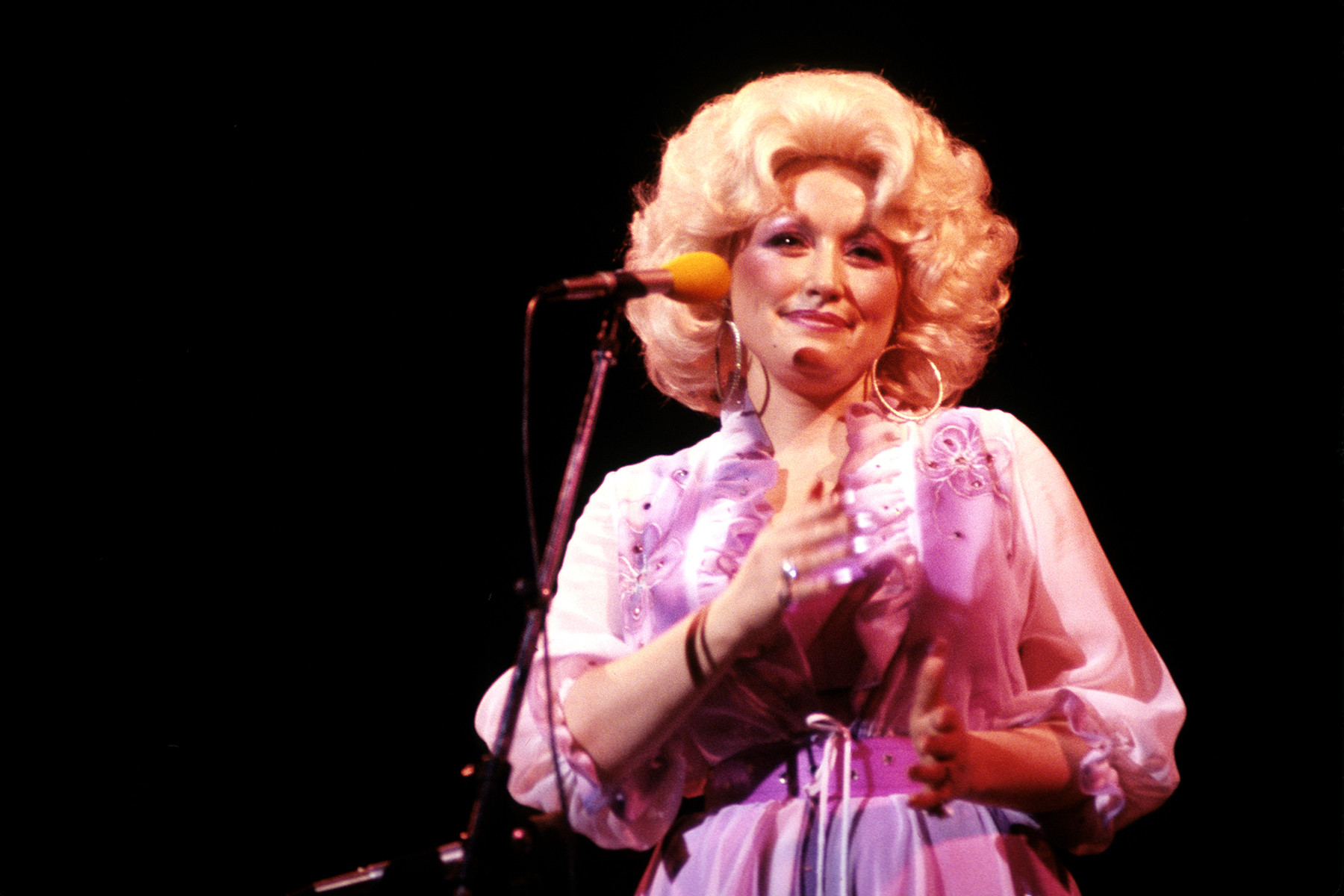 Dolly Parton portrait
Dolly Parton portrait
Image Credit: Richard E. Aaron/Redferns/Getty Images
“Your Ole Handy Man,” from her debut album Hello, I’m Dolly, marks a significant moment in Parton’s career as a singer-songwriter. While her first hit, “Dumb Blonde,” was penned by Curly Putman, Parton’s own compositions on the album, including “Your Ole Handy Man” and “Something Fishy,” announced her arrival as a formidable creative force. “Your Ole Handy Man” is a growling, assertive feminist statement, challenging traditional gender roles with a take-no-nonsense attitude. This song, alongside others from her debut, established Parton not just as a talented singer but as an exceptionally gifted and insightful songwriter with a strong independent voice.
‘Shattered Image’
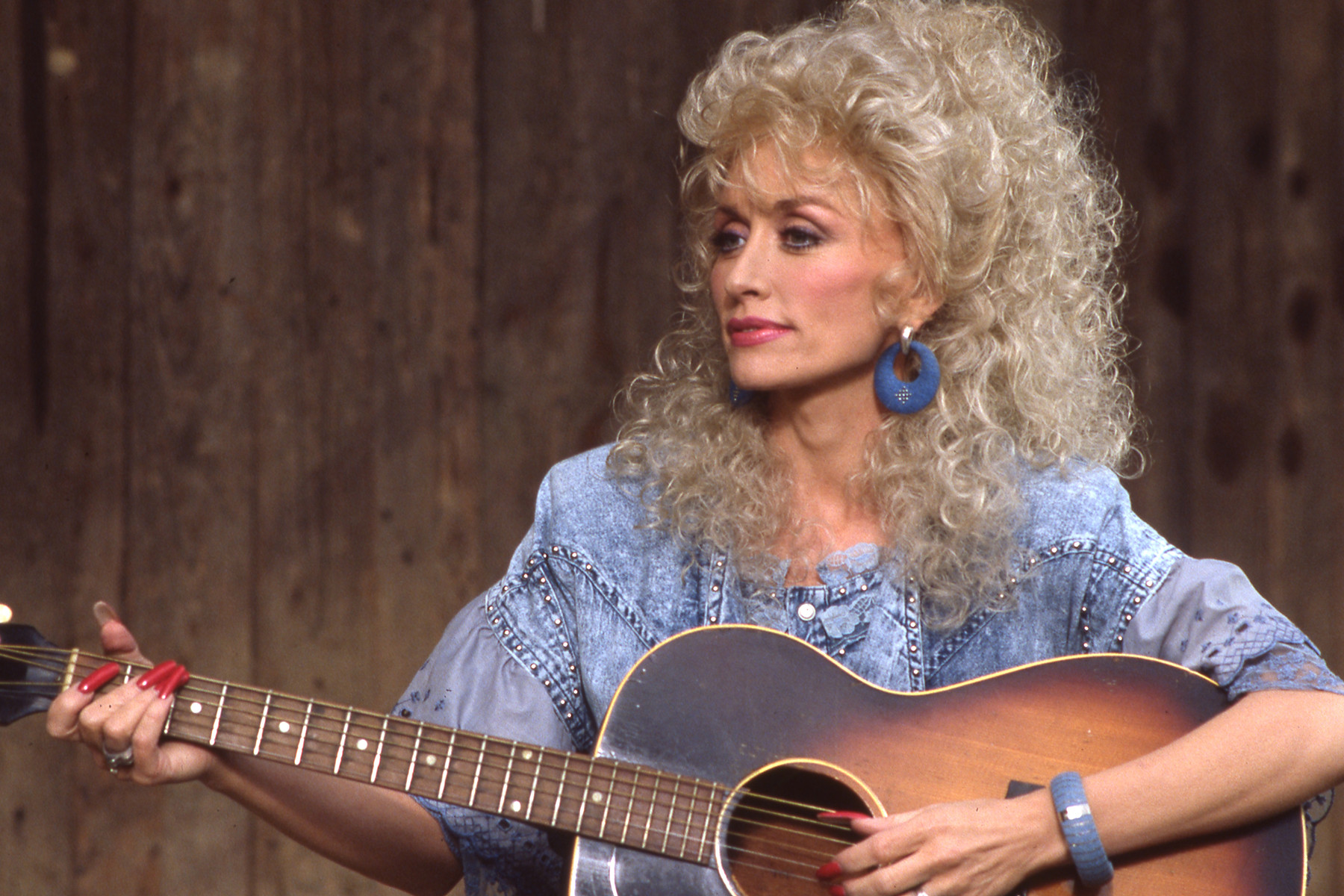 Dolly Parton on set
Dolly Parton on set
Image Credit: John Seakwood/Disney General Entertainment Content/Getty Images
“Shattered Image,” from the 1976 album All I Can Do, delves into Parton’s complex relationship with tabloid media. Beneath the seemingly lighthearted surface of the track lies a deeper exploration of the impact of sensationalism and rumor. While Parton may have developed a thick skin to outrageous stories about herself, “Shattered Image” reveals her awareness of the toll such scrutiny can take on others in her life. The song is a nuanced reflection on fame, privacy, and the often-distorted portrayal of public figures in the media, showcasing Parton’s thoughtful and observant songwriting.
‘Unlikely Angel’
 Dolly Parton performing at Agua Caliente Casino, Rancho Mirage, CA – 2014
Dolly Parton performing at Agua Caliente Casino, Rancho Mirage, CA – 2014
Image Credit: Valerie Macon/Getty Images
“Unlikely Angel” is a beautiful ballad that served as the theme song for Parton’s 1996 made-for-TV Christmas movie of the same name. The song celebrates themes of love, healing, and redemption with a gentle and uplifting melody. Although not commercially released at the time of the movie, “Unlikely Angel” found a resurgence nearly two decades later when it was included on her Blue Smoke album. Its inclusion on Blue Smoke contributed to the album’s impressive sales figures, proving the song’s timeless appeal and Parton’s ability to connect with audiences through heartfelt and hopeful narratives.
‘Applejack’
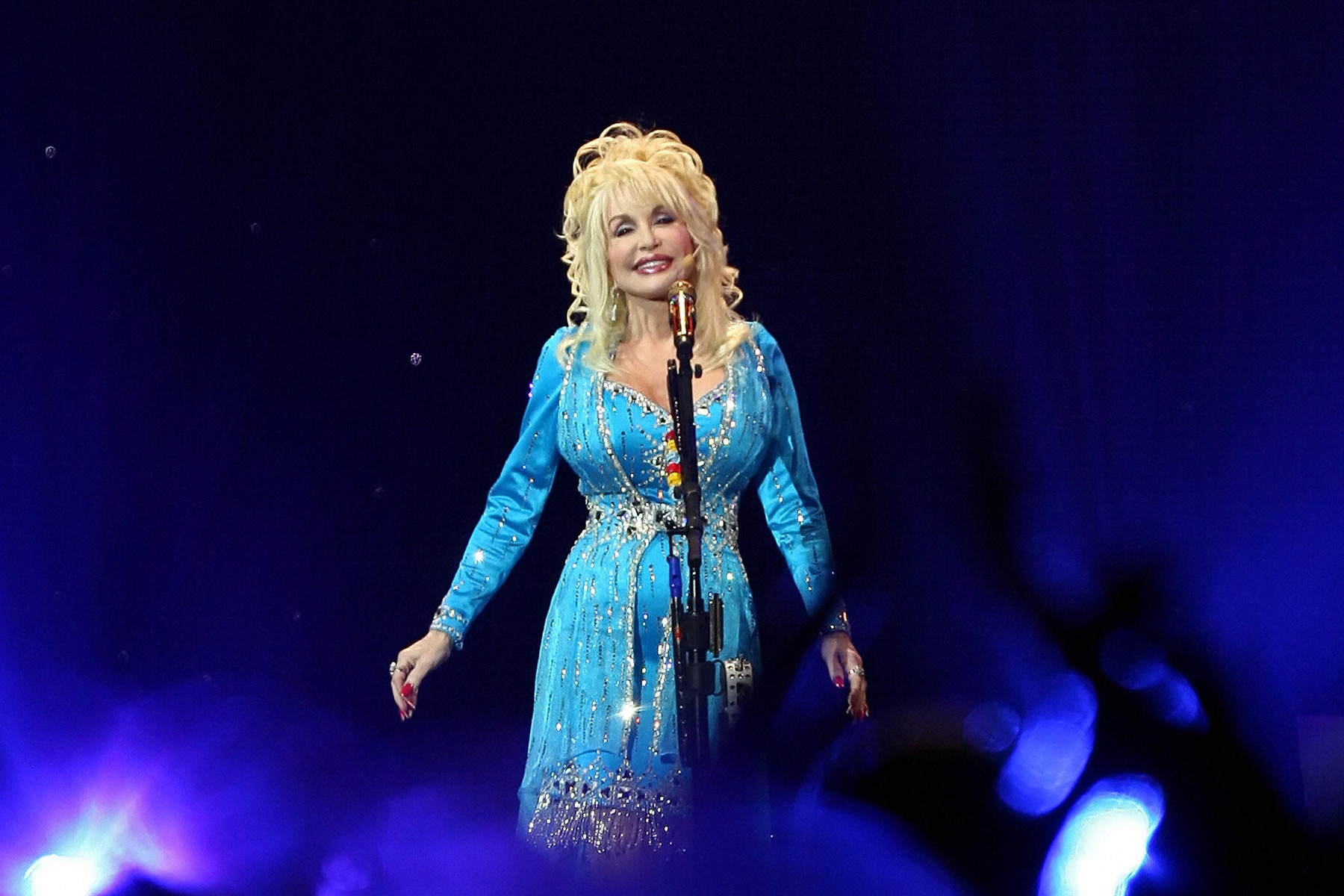 Dolly Parton performing in London
Dolly Parton performing in London
Image Credit: Leon Neal/AFP/Getty Images
“Applejack” is a delightful sing-along that showcases Dolly Parton’s commitment to her country storytelling roots, even as she approached mainstream pop stardom. This track features a heartwarming family element, with Parton’s father and other country music legends like Roy Acuff, Chet Atkins, Minnie Pearl, Ernest Tubb, and Kitty Wells contributing backing vocals. “Applejack” is a testament to her heritage and the close-knit community of country music. The song’s joyful and communal spirit highlights Parton’s ability to bridge her traditional country background with her burgeoning pop ambitions, appealing to a wide range of listeners.
‘Appalachian Memories’
 Dolly Parton performing in Sacramento, California, 1983
Dolly Parton performing in Sacramento, California, 1983
Image Credit: Larry Hulst/Michael Ochs Archives/Getty Images
“Appalachian Memories,” also known as “Smoky Mountain Memories,” is a deeply personal ballad that reflects on the experiences of Southern families, including Parton’s own, who migrated north in search of work. The song, enhanced by an instrumental intro featuring the traditional “Wayfaring Stranger,” captures the bittersweet nostalgia for home and the enduring power of memory. “Appalachian Memories” resonates with anyone who has experienced displacement and longing for their roots. It remains a staple in Parton’s live performances, underscoring its emotional significance and connection to her personal history.
‘Yellow Roses’
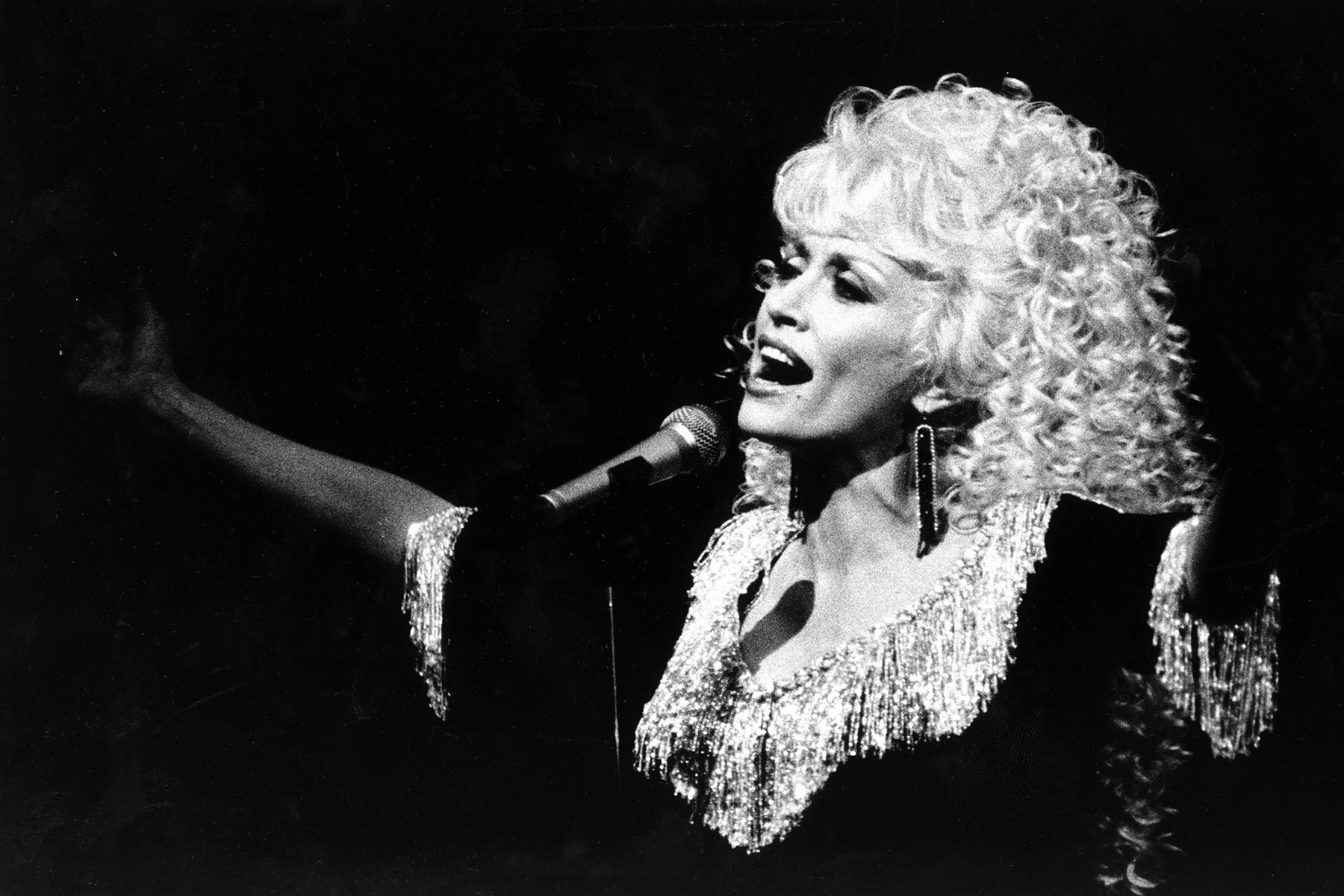 Dolly Parton in concert in Sydney, Australia, 1987
Dolly Parton in concert in Sydney, Australia, 1987
Image Credit: Quentin Jones/The Sydney Morning Herald/Fairfax Media/Getty Images
“Yellow Roses” marked Dolly Parton’s triumphant return to the country charts after a brief period of focusing on her network variety series. Featured on the White Limozeen album, the song is a tearful ballad that showcases Parton’s vocal and songwriting prowess. While the album also featured upbeat, bluegrass-infused tracks, “Yellow Roses” provided a poignant reminder of Parton’s ability to deliver emotionally resonant country ballads. Reaching the top of the country charts, the song reaffirmed Parton’s position as a leading figure in country music and a master storyteller through song.
‘The Seeker’
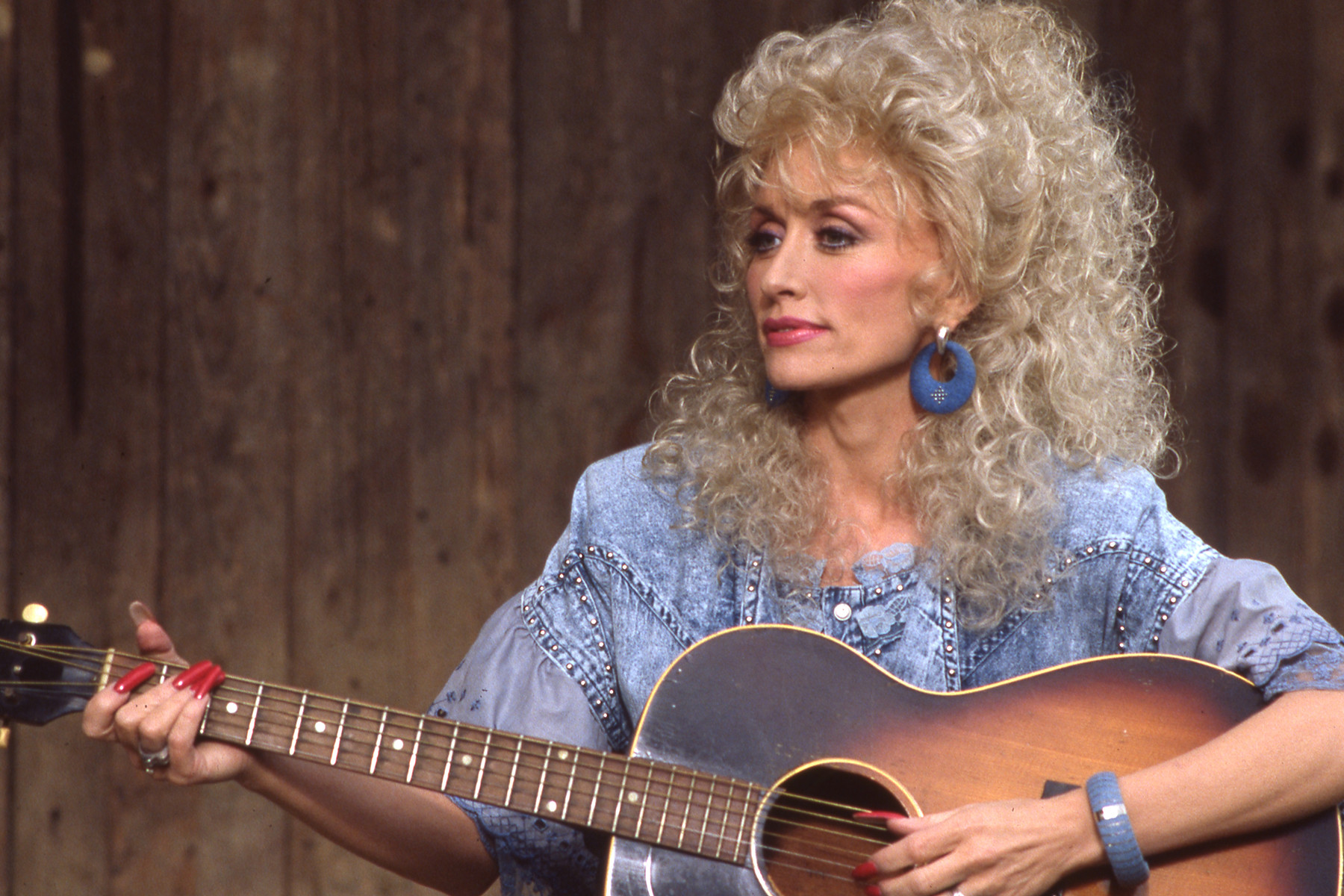 Dolly Parton on set
Dolly Parton on set
Image Credit: John Seakwood/Disney General Entertainment Content/Getty Images
“The Seeker” stands as Dolly Parton’s most successful gospel hit, yet it achieves this without explicitly referencing a specific deity. This No. 2 country single is a rousing and ecumenical anthem that speaks to a universal spiritual longing. Parton’s lyrics express a personal need for spiritual refreshment, resonating with people of diverse faith backgrounds or no specific faith at all. “The Seeker” is a powerful testament to Parton’s ability to craft songs that touch on profound spiritual themes in a broadly accessible and deeply moving way, emphasizing humility and the universal human quest for meaning.
‘The Bridge’
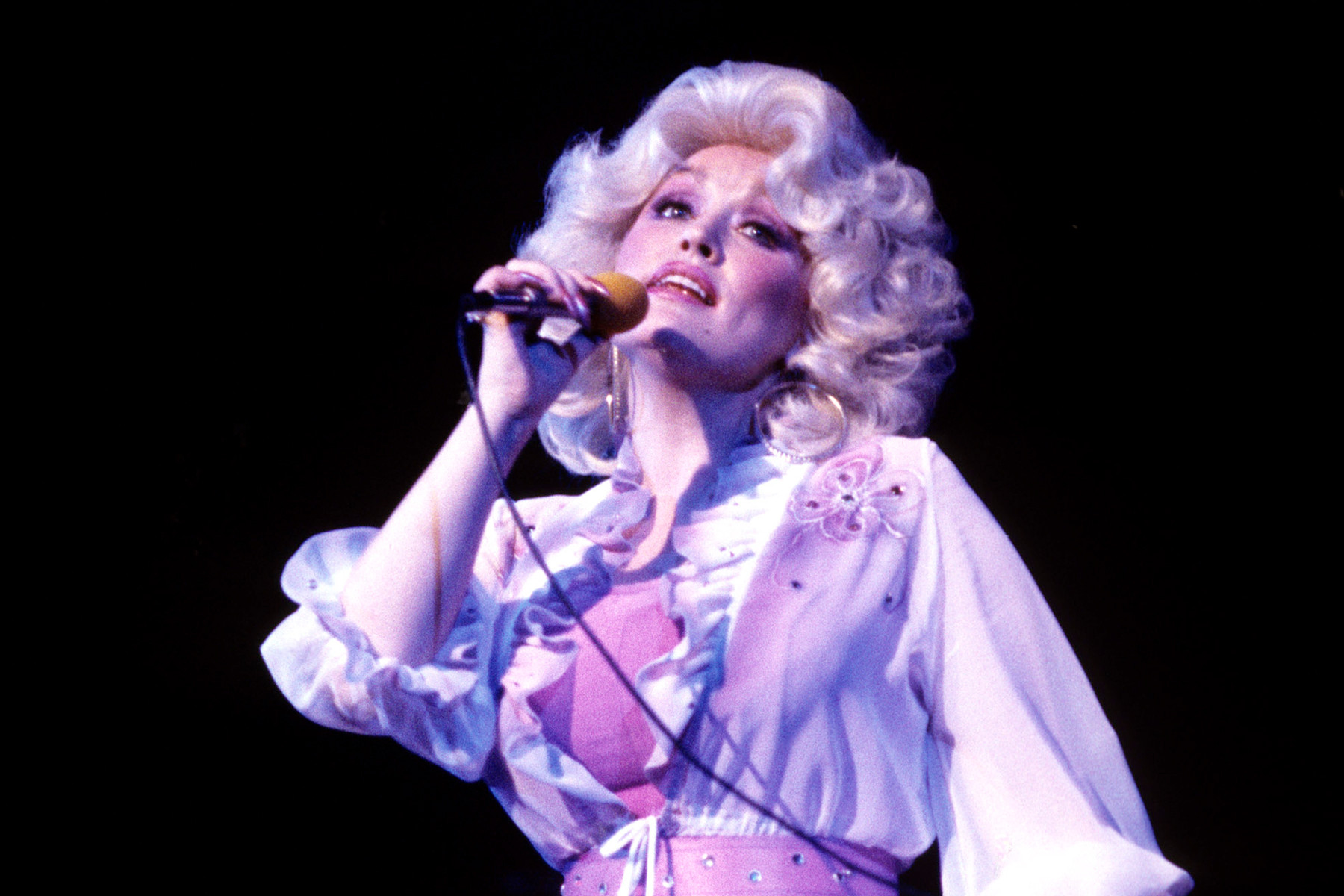 Dolly Parton portrait
Dolly Parton portrait
Image Credit: Richard E. Aaron/Redferns/Getty Images
“The Bridge,” from her second solo album Just Because I’m a Woman, solidified Dolly Parton’s reputation as a songwriting force. Alongside the iconic title track, “The Bridge” is a standout, offering a mournful meditation on a failed love affair and an unborn child. The song is notable for its cleverly ambiguous and gasp-inducing finale, leaving listeners with a lingering sense of sorrow and reflection. “The Bridge” is a prime example of Parton’s early songwriting brilliance, tackling complex and sensitive themes with emotional depth and narrative skill.
‘More Where That Came From’
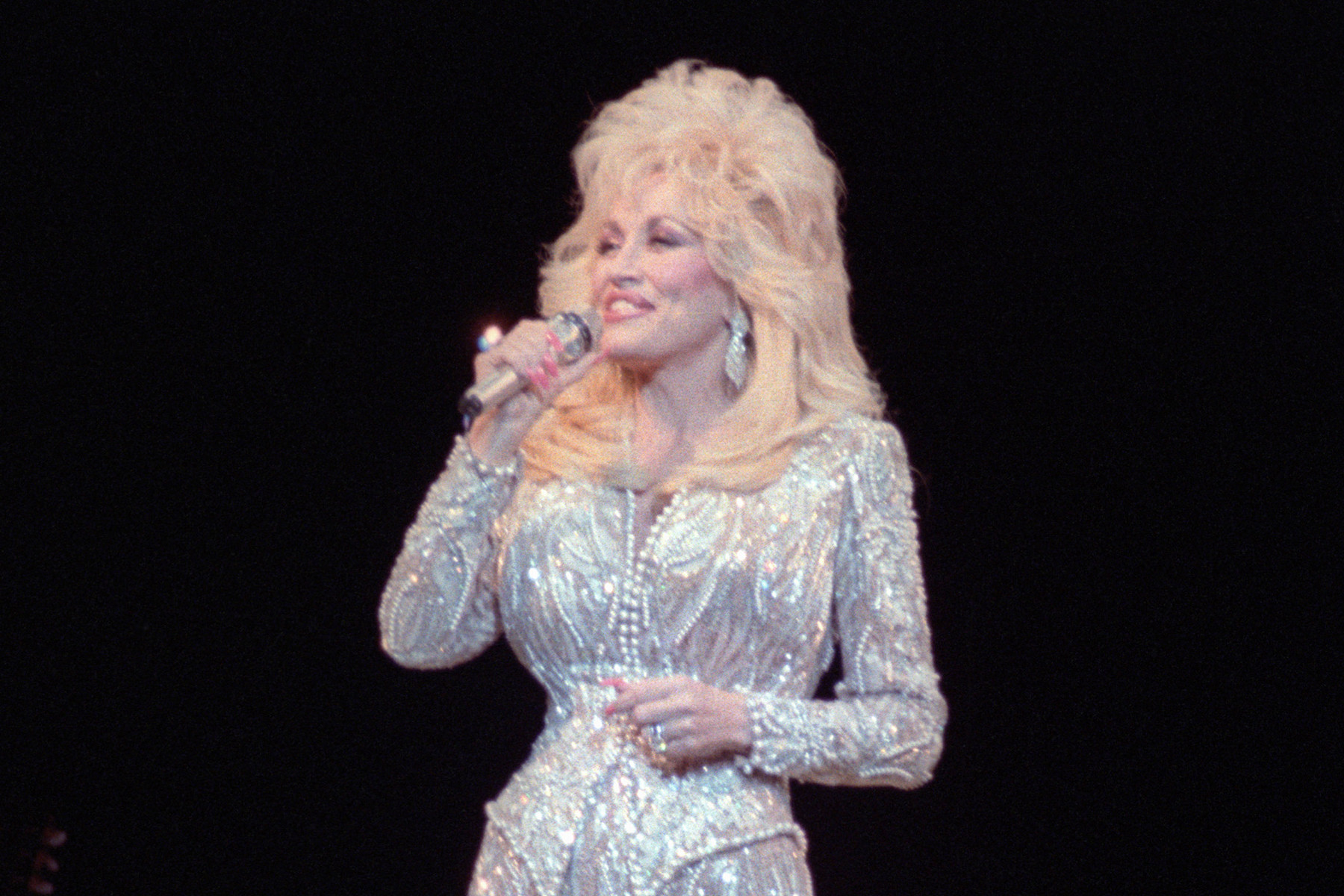 Dolly Parton performing at the Minnesota State Fair, 1993
Dolly Parton performing at the Minnesota State Fair, 1993
Image Credit: Jim Steinfeldt/Michael Ochs Archives/Getty Images
“More Where That Came From” is a spirited and defiant track that, while playful, carries a subtle message about ageism in the music industry. The title itself could be interpreted as a playful jab at country radio’s tendency to overlook established artists like Dolly Parton. The song’s Cajun-inspired arrangement is infectiously joyful, making it a toe-tapping tune despite its subtle undercurrent of commentary. Although it stalled just outside the Top 40, “More Where That Came From” remains a fan favorite and has fueled speculation about a potential Parton dance album, especially with club-ready remixes enhancing its appeal.
‘Potential New Boyfriend’
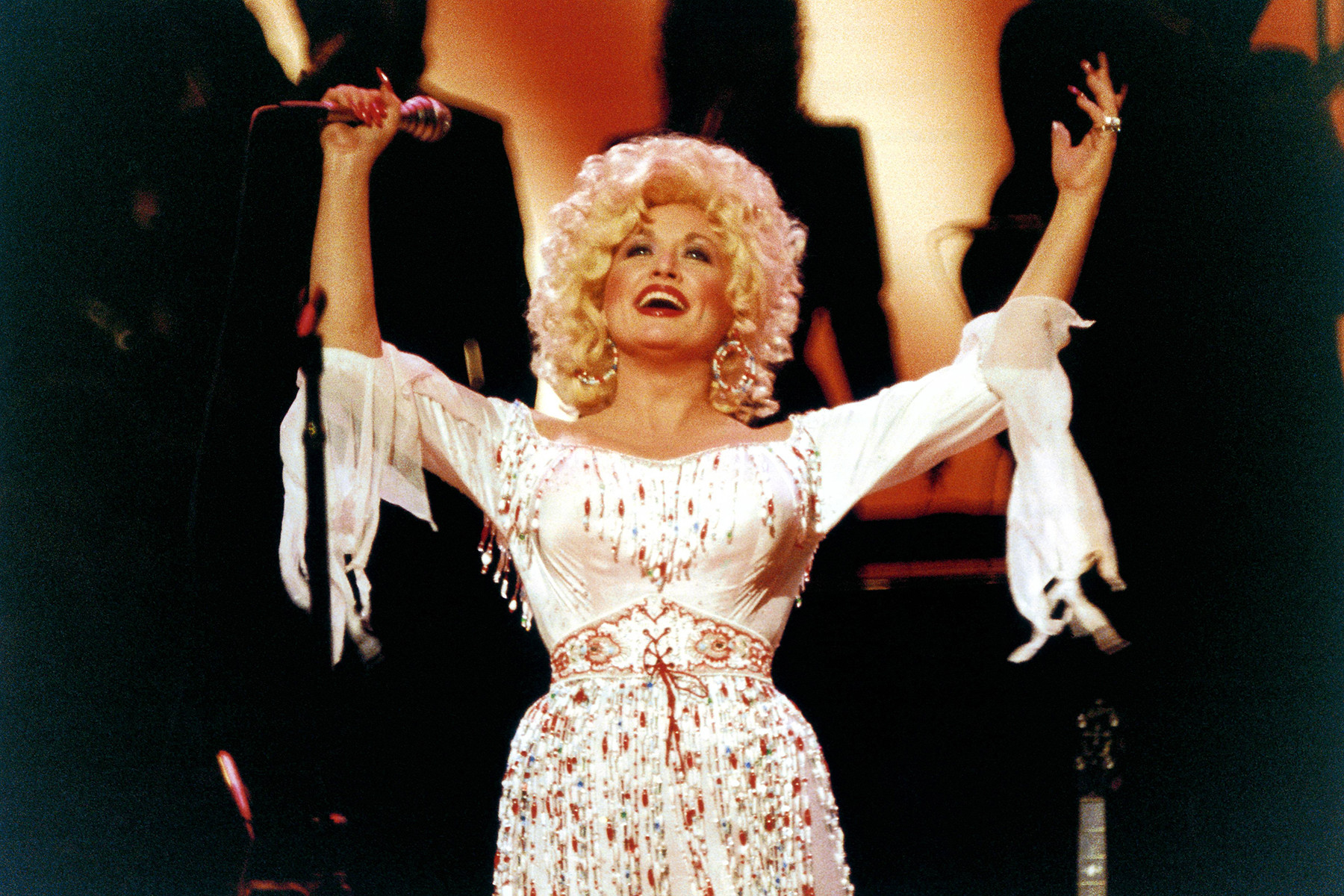 Dolly Parton performing at the Dominion Theatre, UK
Dolly Parton performing at the Dominion Theatre, UK
Image Credit: Pete Still/Redferns/Getty Images
“Potential New Boyfriend” highlights Dolly Parton’s broad appeal, including her significant LGBTQ+ fanbase. Despite not being written by Parton herself, she transformed this frisky pop confection into a Top 20 dance club hit. The song’s playful and flirtatious energy resonated with audiences across genres, and its queer appeal was further amplified by a 2013 cover by drag performer William. “Potential New Boyfriend” demonstrates Parton’s versatility in embracing songs that celebrate freedom, fun, and self-expression, further solidifying her status as a beloved and inclusive icon.
‘Heartbreaker’
 Dolly Parton performing at the Auditorium Theater in Chicago, 1978
Dolly Parton performing at the Auditorium Theater in Chicago, 1978
Image Credit: Paul Natkin/Getty Images
“Heartbreaker,” the title track of Parton’s follow-up album to Here You Come Again, is a plaintive pop-country ballad that further propelled her crossover success. Written by Carole Bayer Sager and David Wolfert, the song became another hit for Parton as she moved closer to superstardom. “Heartbreaker” is celebrated for Parton’s affecting vocal performance, conveying deep emotion and vulnerability. The song’s blend of pop sensibilities with country heart cemented Parton’s position as a crossover artist capable of reaching a wide audience while staying true to her musical roots.
‘My Blue Ridge Mountain Boy’
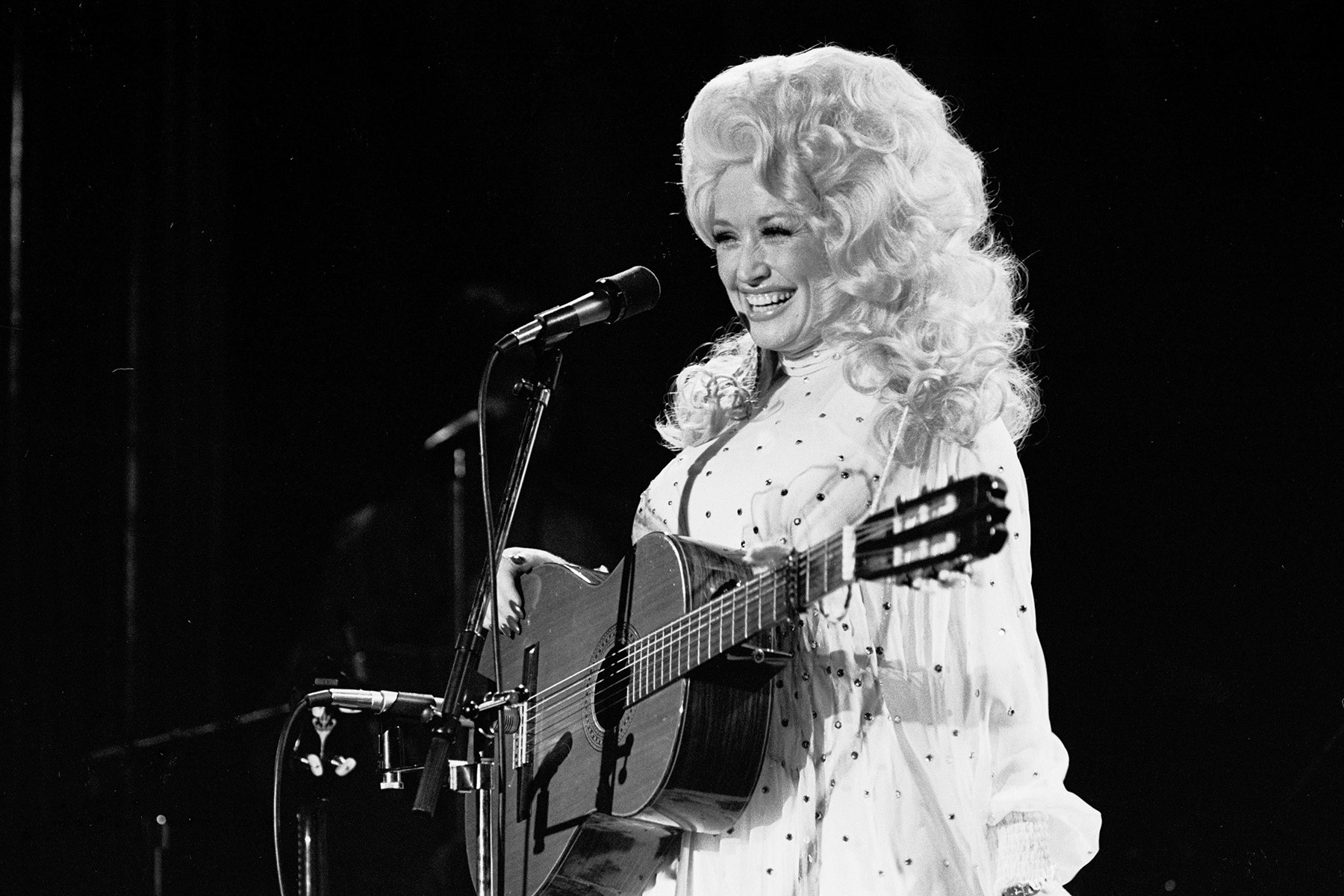 Dolly Parton portrait
Dolly Parton portrait
Image Credit: Richard E. Aaron/Redferns/Getty Images
“My Blue Ridge Mountain Boy” tells a poignant story of longing and heartache, set against the backdrop of contrasting worlds. The song portrays a New Orleans prostitute whose already difficult life is compounded by heartbreak for the man she left behind in her mountain home. Perhaps the most surprising element associated with the album that shares the song’s title is the rare appearance of Parton’s famously private husband, Carl Dean, in the background of the cover photo. “My Blue Ridge Mountain Boy” is a testament to Parton’s ability to weave complex narratives and evoke deep emotions through her songwriting, often adding personal touches that enrich her work.
‘To Daddy’
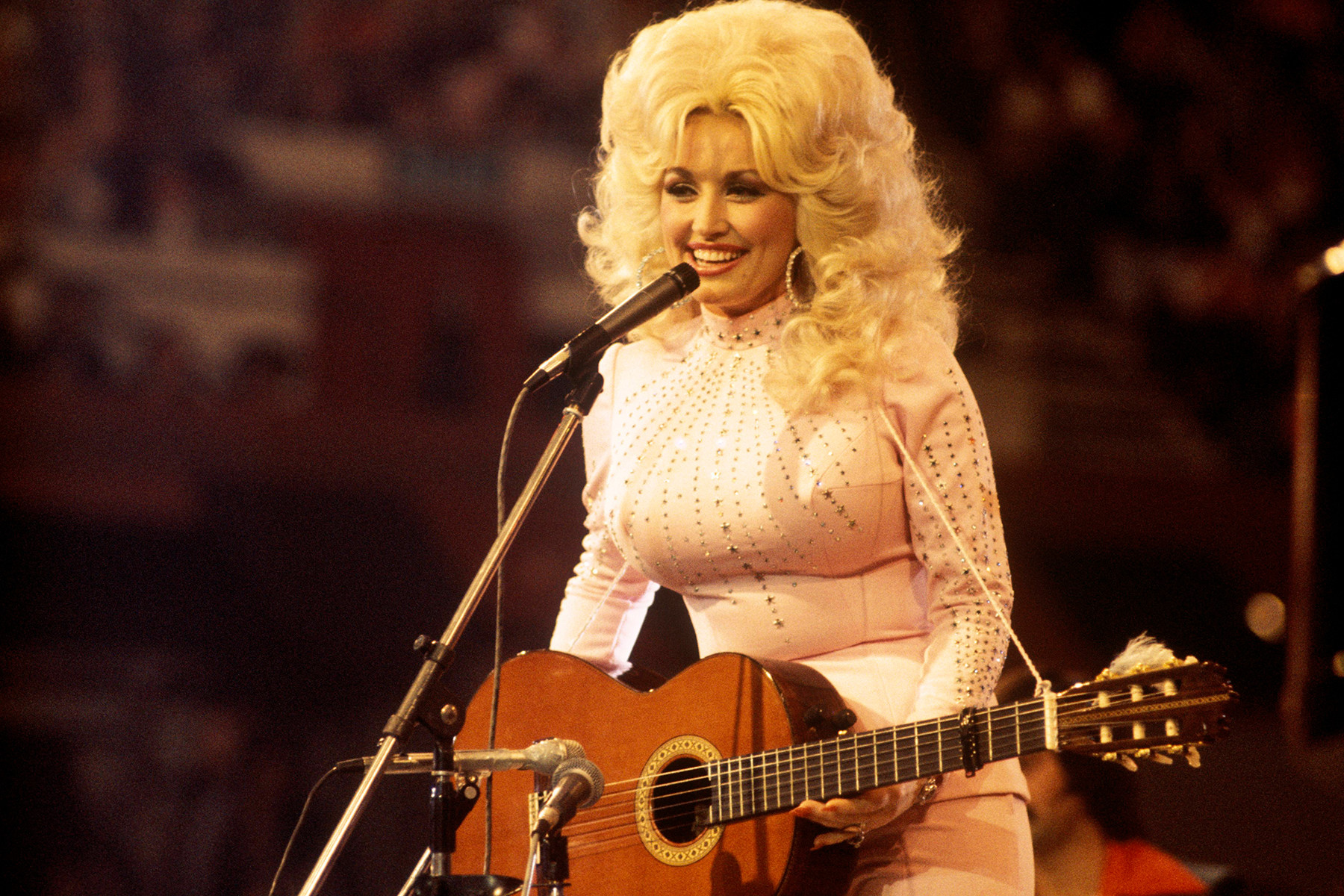 Dolly Parton with a guitar, 1976
Dolly Parton with a guitar, 1976
Image Credit: David Redfern/Redferns/Getty Images
“To Daddy” is a feminist declaration of independence that caused significant friction between Dolly Parton and Porter Wagoner. The song’s empowering message resonated strongly with Emmylou Harris, who wanted to record it. Wagoner, however, initially urged Parton to keep it for herself, leading to a creative clash. Ultimately, both women prevailed, with Harris’s tender version becoming a major hit. Parton’s original recording, released later, underscores the song’s powerful message of self-determination and artistic autonomy, highlighting Parton’s early feminist themes in her songwriting.
‘Don’t Make Me Have to Come Down There’
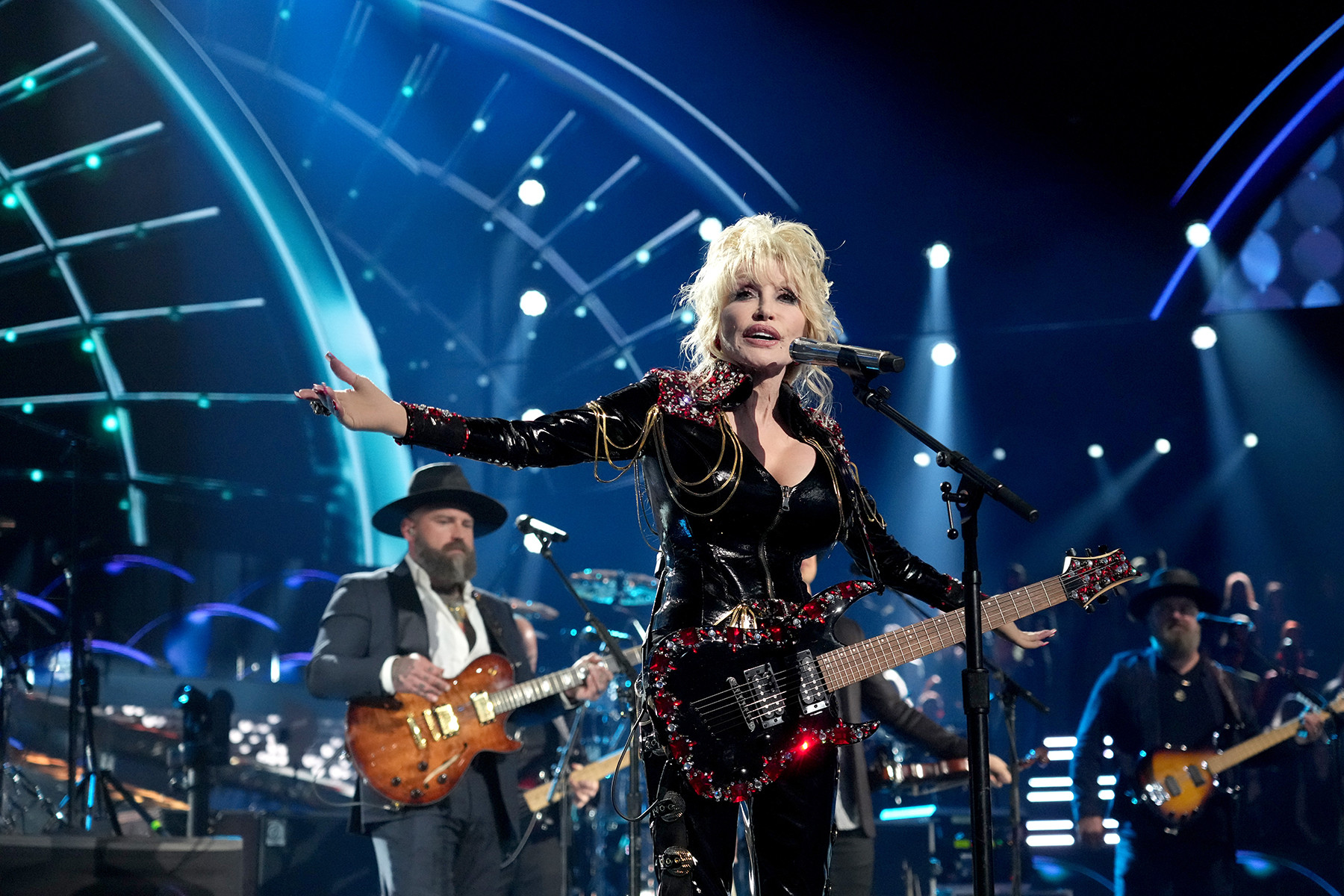 Dolly Parton at the Rock & Roll Hall of Fame Induction Ceremony, 2022
Dolly Parton at the Rock & Roll Hall of Fame Induction Ceremony, 2022
Image Credit: Kevin Mazur/Getty Images for The Rock and Roll Hall of Fame
“Don’t Make Me Have to Come Down There” demonstrates Dolly Parton’s enduring songwriting creativity even decades into her career. In this song, Parton turns a familiar parental warning into a divine command, casting God as the ultimate parent issuing a stern but loving admonition. Set to a throbbing, urgent beat, the song culminates in a gorgeously layered vocal coda. “Don’t Make Me Have to Come Down There” is a testament to Parton’s ability to find fresh and original angles on universal themes, blending humor, spirituality, and musical innovation in her later work.
‘In the Good Old Days (When Times Were Bad)’
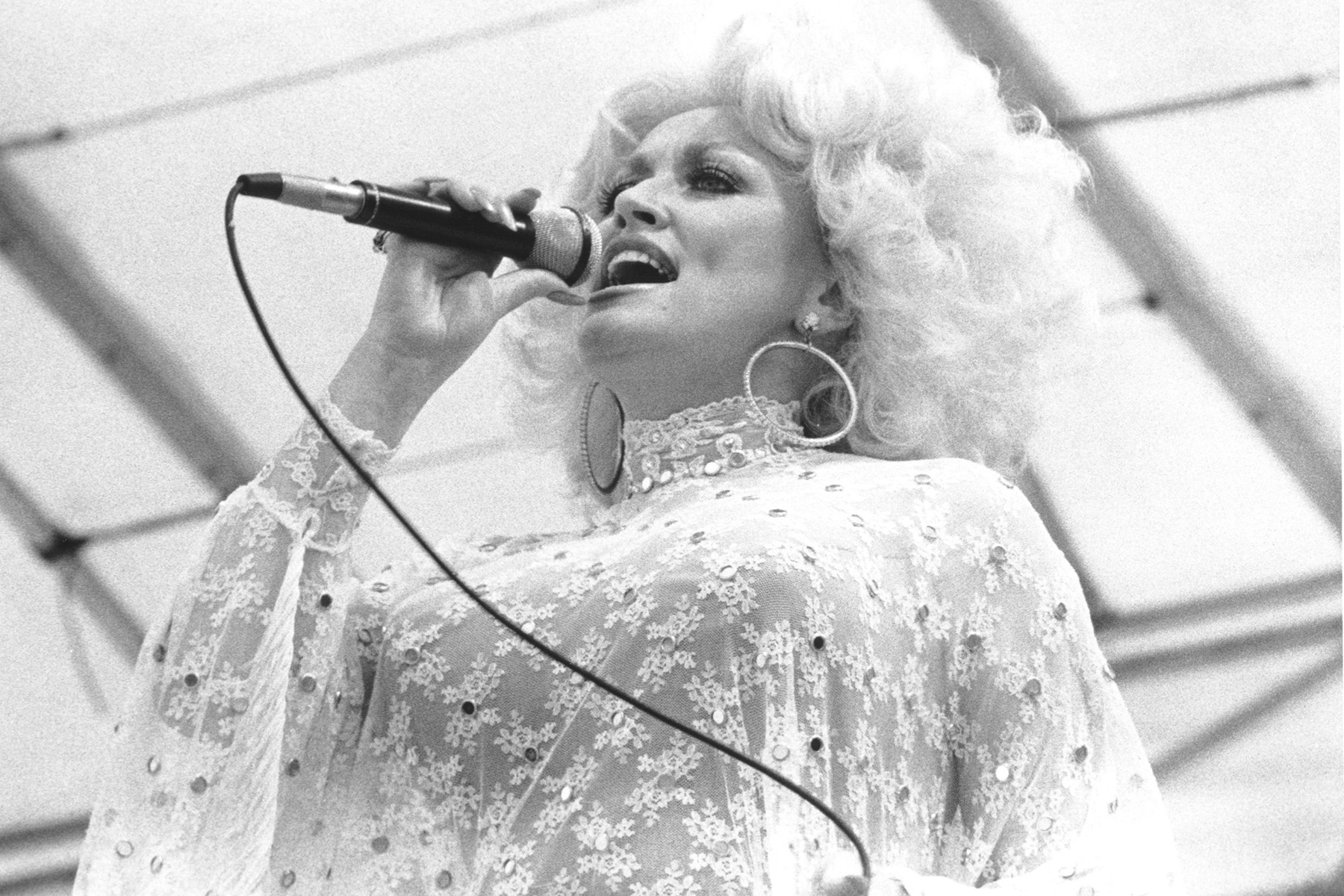 Dolly Parton in 1978
Dolly Parton in 1978
Image Credit: Chris Walter/WireImage/Getty Images
“In the Good Old Days (When Times Were Bad),” the title track from her third album, marks the first time Dolly Parton directly addressed her challenging Smoky Mountain childhood in her songwriting. The song, a Top Thirty single, is rich in colorful details and infused with wisdom and affection for her Appalachian upbringing. Parton’s vivid storytelling and heartfelt delivery in “In the Good Old Days” reveal the deep roots of her artistic sensibility, shaped by her early experiences and family values. It’s a foundational song that offers insight into the personal narratives that inform much of her work.
‘Touch Your Woman’
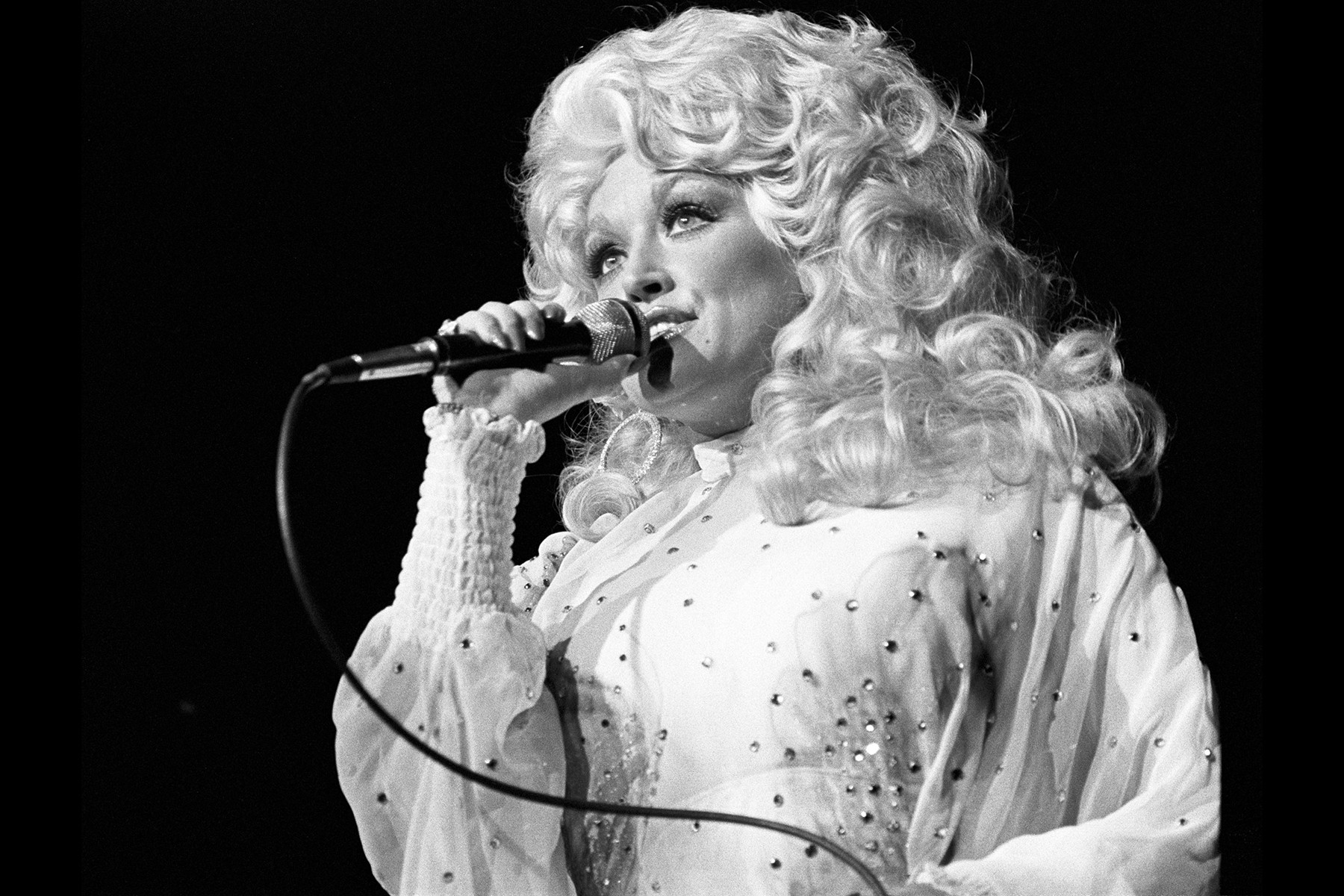 Dolly Parton performing at Georgia Tech
Dolly Parton performing at Georgia Tech
Image Credit: Tom Hill/WireImage/Getty Image
“Touch Your Woman,” the Grammy-nominated title track from her ninth album, is a bold and tender exploration of vulnerability and the need for intimacy in relationships. Parton lays bare both emotional and physical desires in this soulful plea. The song is refreshing in its directness and emotional honesty, advocating for open expression of affection and need. A contemporaneous cover by R&B singer Margie Joseph further emphasized the song’s soulful qualities and universal message, highlighting Parton’s ability to transcend genre boundaries with her songwriting.
‘Hard Candy Christmas’
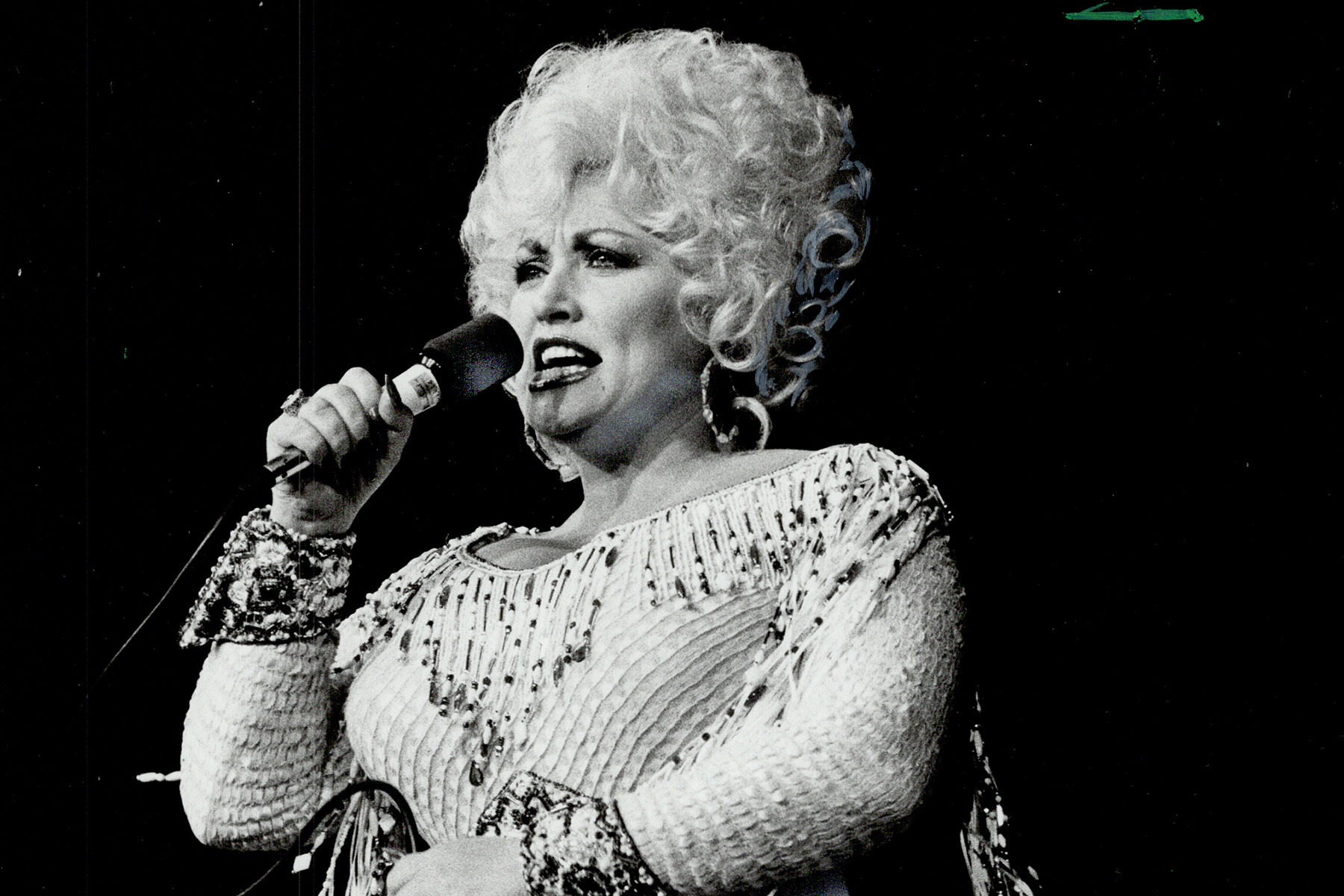 Hard Candy Christmas promotional image
Hard Candy Christmas promotional image
Image Credit: Dick Darrell/Toronto Star/Getty Images
While Dolly Parton’s remake of “I Will Always Love You” for The Best Little Whorehouse in Texas film is iconic, her rendition of Carol Hall’s “Hard Candy Christmas” from the Broadway musical has become an enduring and bittersweet classic. Parton’s heart-rending take on the song has resonated deeply, evidenced by numerous cover versions ranging from Reba McEntire to RuPaul. “Hard Candy Christmas” captures the complexities of the holiday season, blending melancholy with resilience, and has become a staple in Parton’s repertoire and a beloved Christmas song in its own right.
‘Here I Am,’ with Sia
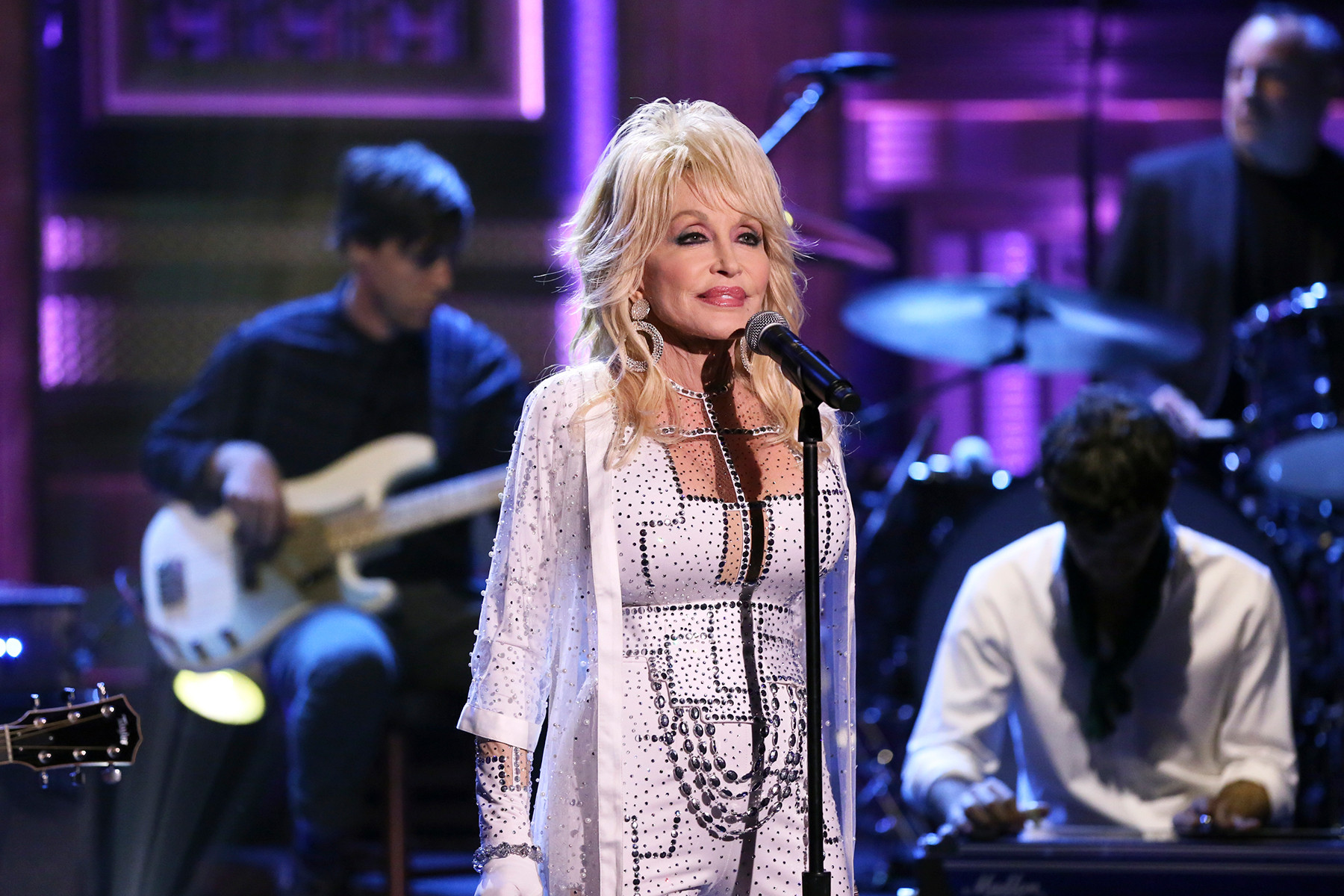 Dolly Parton and Sia performing on The Tonight Show Starring Jimmy Fallon, 2018
Dolly Parton and Sia performing on The Tonight Show Starring Jimmy Fallon, 2018
Image Credit: Andrew Lipovsky/NBCU Photo Bank/NBCUniversal/Getty Images
“Here I Am,” originally recorded for the 1971 Coat of Many Colors album, was revisited by Parton as a duet with Sia for the soundtrack of the Netflix film Dumplin’. This inspirational tune, updated with a gospel choir accompaniment and Sia’s distinctive vocals, beautifully amplifies the original’s message of hope and assurance. The collaboration with Sia brought a fresh perspective to the song while retaining its core emotional power, demonstrating Parton’s ability to reinterpret her classics for new audiences and contexts, keeping them relevant and impactful.
‘My Blue Tears,’ with Emmylou Harris and Linda Ronstadt
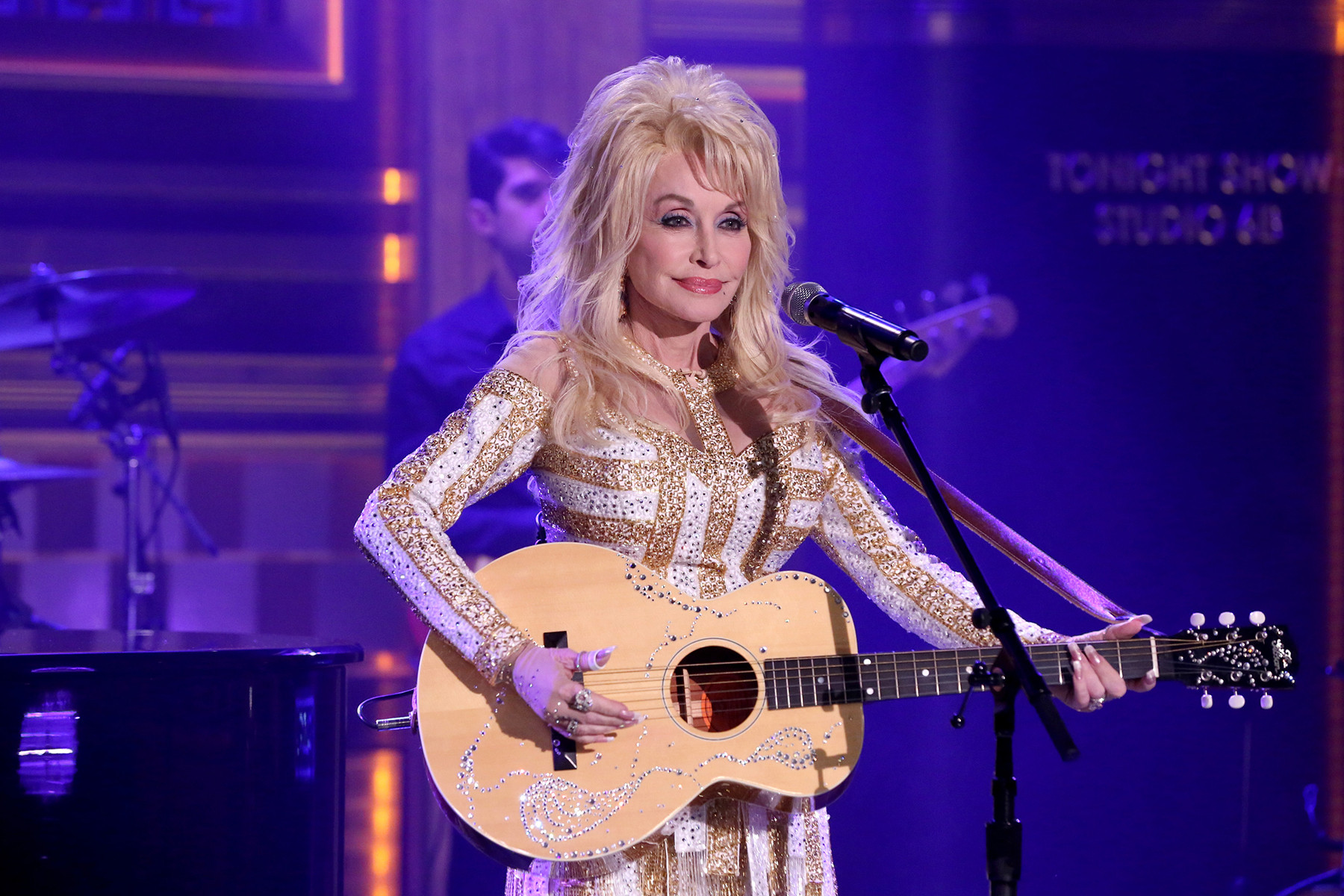 Dolly Parton, Linda Ronstadt, and Emmylou Harris on The Tonight Show Starring Jimmy Fallon, 2016
Dolly Parton, Linda Ronstadt, and Emmylou Harris on The Tonight Show Starring Jimmy Fallon, 2016
Image Credit: Andrew Lipovsky/NBCU Photo Bank/ Getty Images
“My Blue Tears,” originally from 1971, showcases Dolly Parton’s innovative use of self-harmonization, a technique that became a signature element in her recordings. While Goldie Hawn also recorded a version, the 1978 recording featuring Linda Ronstadt and Emmylou Harris is considered the definitive rendition. This version, with its exquisite harmonies, sets a “gold standard” for the song, highlighting the vocal blend of these three iconic voices and Parton’s skill in crafting songs that lend themselves beautifully to collaborative interpretations.
‘Evening Shade’
 Dolly Parton in 1977
Dolly Parton in 1977
Image Credit: Chris Walter/WireImage/Getty Images
“Evening Shade” reveals Dolly Parton’s early cinematic imagination and storytelling ambitions. The song narrates a dark and dramatic tale set in a group home for troubled children, where the young residents plan and execute a revenge plot against the abusive matron and staff. “Evening Shade” is an early example of Parton’s ability to create vivid narratives within her songs, showcasing her knack for dramatic storytelling and hinting at her future forays into film and television. It demonstrates the breadth of her songwriting, extending beyond personal emotions to encompass larger, more narrative-driven themes.
‘Poor Folks’ Town’
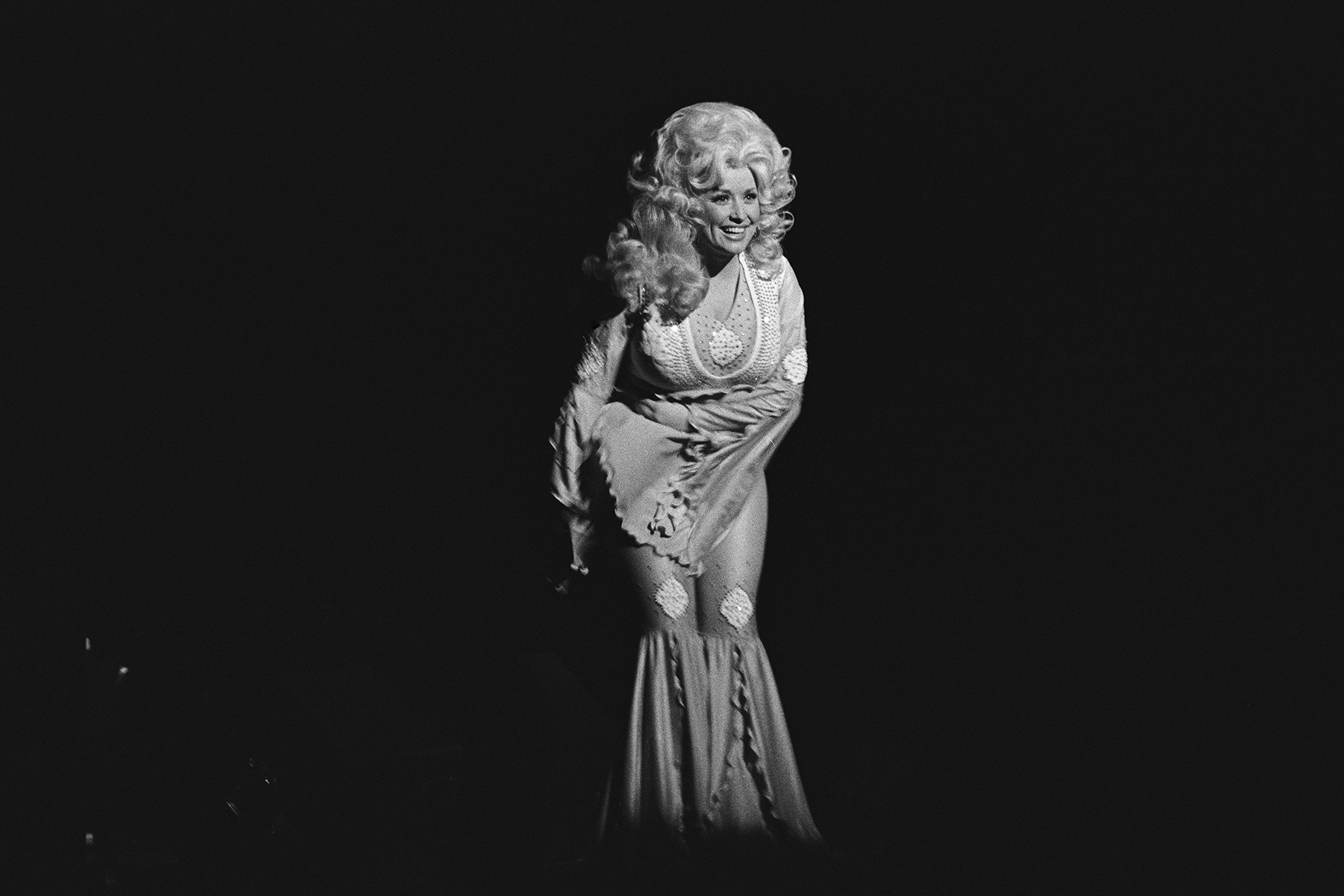 Dolly Parton performing at The Paramount Theatre in Oakland, 1977
Dolly Parton performing at The Paramount Theatre in Oakland, 1977
Image Credit: Richard McCaffrey/ Michael Ochs Archive/Getty Images
While “9 to 5” and “But You Know I Love You” are essential hits from the 9 to 5 and Odd Jobs album, “Poor Folks’ Town,” the album’s closing track, is an incredibly catchy and often overlooked gem. Dedicated to the concept of hard work, the album culminates in this boisterous and energetic song that makes the idea of labor sound almost effortless and joyful. “Poor Folks’ Town” is a celebratory anthem for the working class, encapsulating the album’s themes of resilience and the spirit of hard work with Parton’s signature upbeat style.
‘Eagle When She Flies’
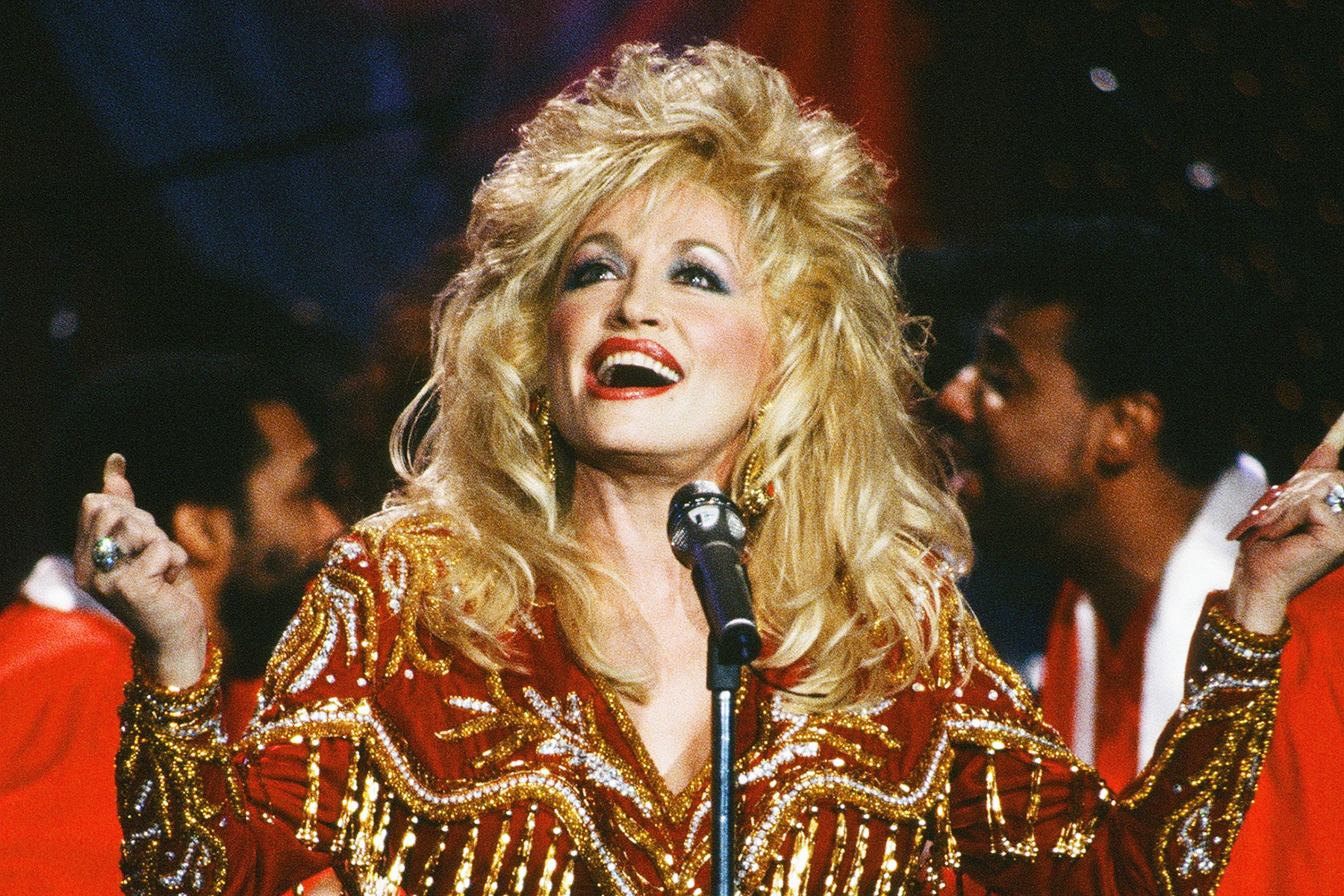 Dolly Parton performing on The Tonight Show Starring Johnny Carson, 1990
Dolly Parton performing on The Tonight Show Starring Johnny Carson, 1990
Image Credit: Paul DrinkwaterNBC/NBCU Photo Bank/Getty Images
“Eagle When She Flies,” the title track of Dolly Parton’s 1991 album, is a glorious ballad and feminist anthem. Using the majestic eagle as a metaphor for female strength and resilience, contrasted with the fragility of a sparrow, the song delivers a powerful message of empowerment. Originally written as a theme song for the film Steel Magnolias but ultimately unused, “Eagle When She Flies” stands as a soaring and delicate ode to female independence and strength, becoming a beloved song in Parton’s catalog for its inspirational message.
‘The Bargain Store’
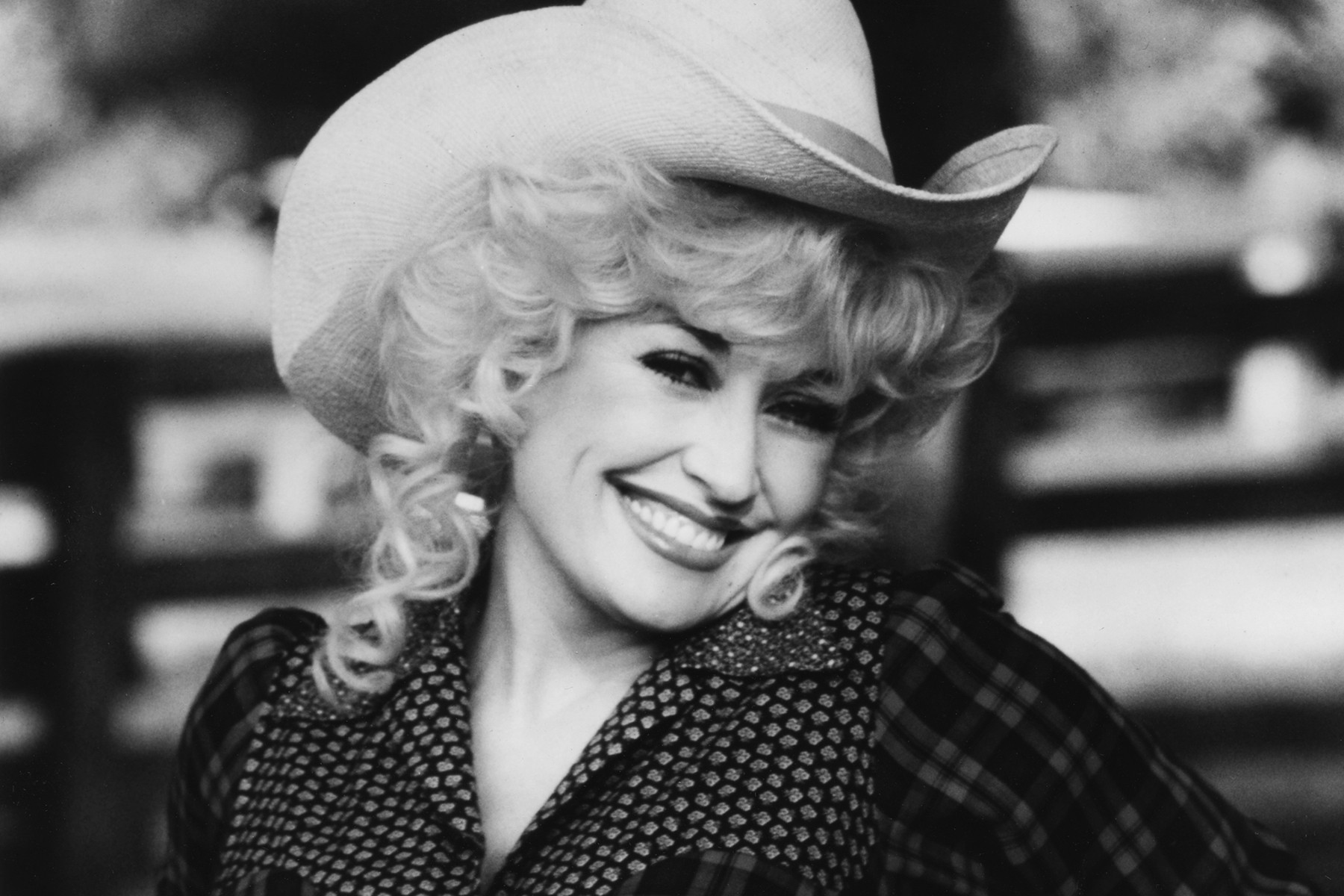 Dolly Parton, circa 1975
Dolly Parton, circa 1975
Image Credit: Silver Screen Collection/Getty Images
“The Bargain Store,” the title track from Parton’s 15th solo album, is often misunderstood, but it’s a song of profound metaphorical depth. Parton herself notes in Songteller that “Every man I know thinks it’s dirty,” referring to the lyrics. However, the song is a stark and honest reflection of a woman’s bruised self-esteem. Using the metaphor of a bargain store, Parton describes a heart that may be damaged but is still open to love and redemption. “The Bargain Store” is a powerful exploration of vulnerability and resilience, using everyday imagery to convey deep emotional truths.
‘Dagger Through the Heart’
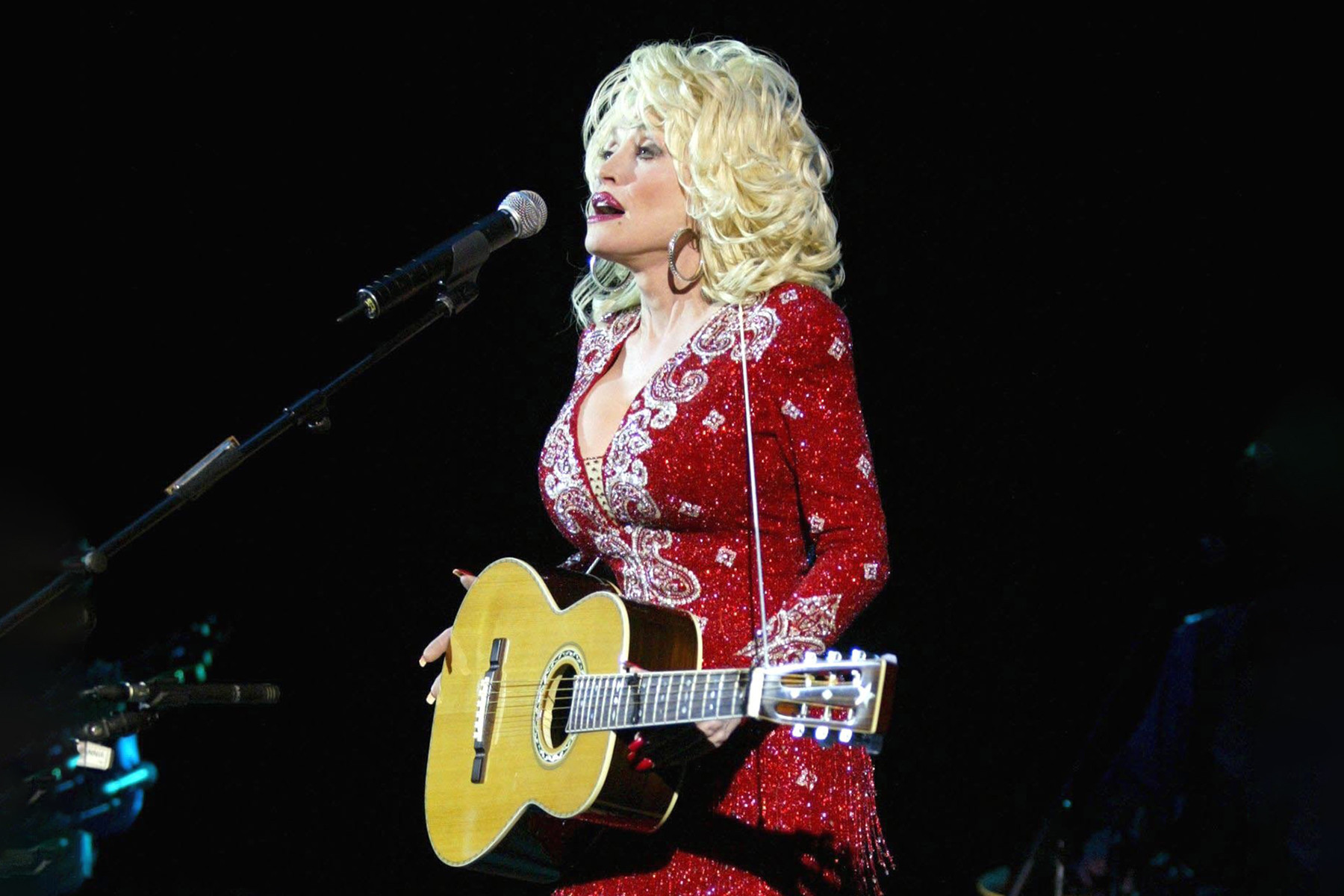 Dolly Parton Performing At The Hammersmith Apollo, London, 2002
Dolly Parton Performing At The Hammersmith Apollo, London, 2002
Image Credit: Brian Rasic/Getty Images
“Dagger Through the Heart,” from Parton’s acclaimed bluegrass period (1999-2002), is a poignant folk ballad. Her bluegrass albums from this era, including The Grass Is Blue, Little Sparrow, and Halos & Horns, are highly regarded, and “Dagger Through the Heart” is a career highlight within this collection. The song took on added poignancy after 9/11, resonating with themes of loss and heartbreak in a broader context. Sinéad O’Connor’s brittle 2003 cover further amplified the song’s piercing emotional impact, underscoring its timeless and universal appeal.
‘Busy Signal’
 Dolly Parton portrait, circa 1970
Dolly Parton portrait, circa 1970
Image Credit: Michael Ochs Archives/Getty Images
“Busy Signal” offers a glimpse into Dolly Parton’s early career and the vision of Monument Records founder Fred Foster. Released in 1965, this Northern soul and girl group-influenced single, written and produced by Ray Stevens, showcased Parton’s potential as a pop star. While Fred Foster did not live to see Parton’s Rock & Roll Hall of Fame induction, “Busy Signal” hints at the genre-crossing trajectory of her career from the very beginning, revealing her innate ability to blend country with pop sensibilities.
‘Down From Dover’
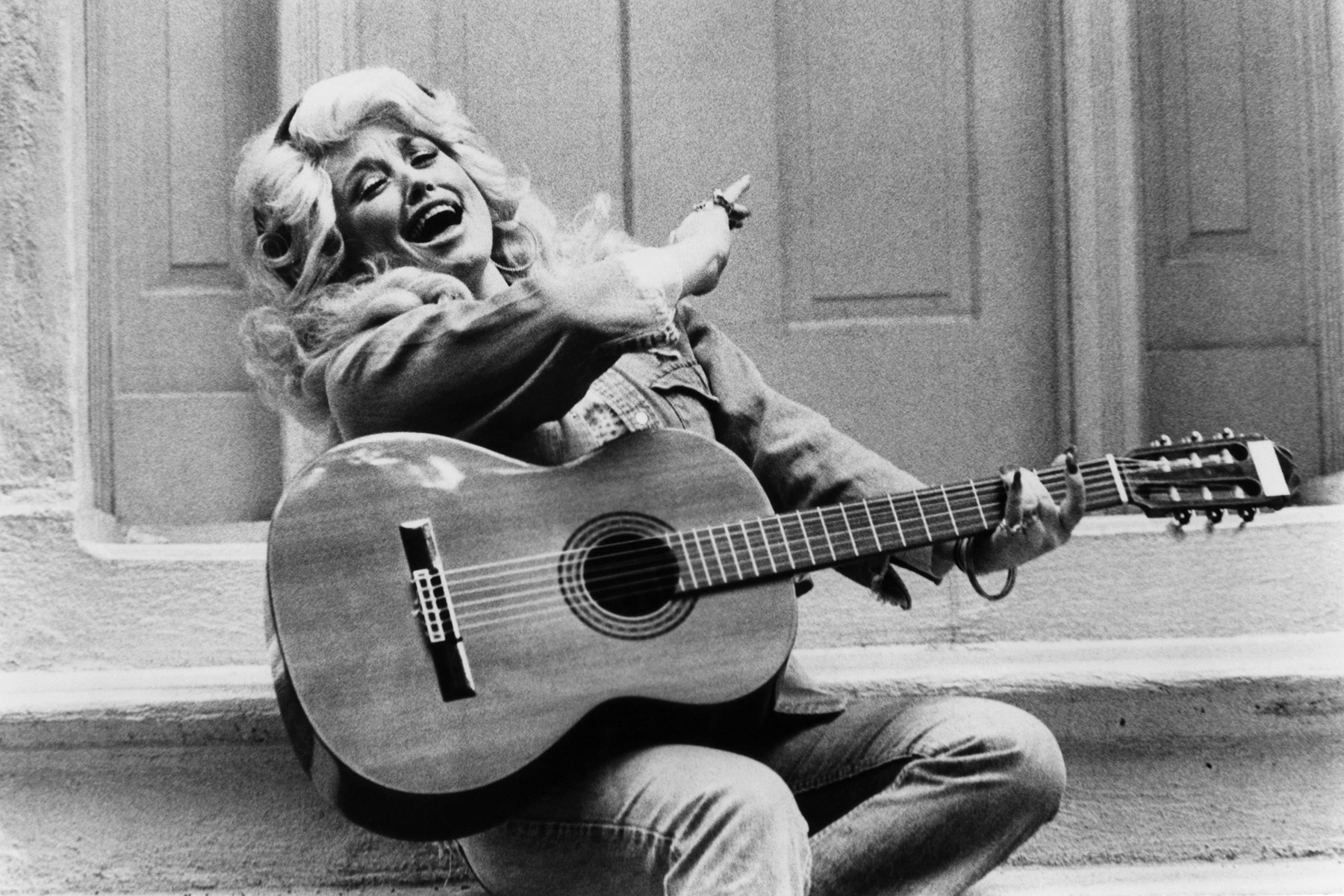 Dolly Parton singing with a guitar, circa 1970
Dolly Parton singing with a guitar, circa 1970
Image Credit: Gems/Redferns/Getty Images
“Down From Dover” is a haunting and unsettling narrative song that tackles controversial themes for its time. Inspired by the town of Dover, Tennessee, the song tells the devastating story of an unwed mother ostracized by her family and abandoned by the baby’s father. Despite its controversial subject matter, “Down From Dover” is considered a powerful and emotionally resonant work in Parton’s catalog. Its unflinching portrayal of societal judgment and personal tragedy continues to pack a devastating emotional wallop, demonstrating Parton’s courage in addressing difficult topics in her songwriting.
‘Baby I’m Burnin”
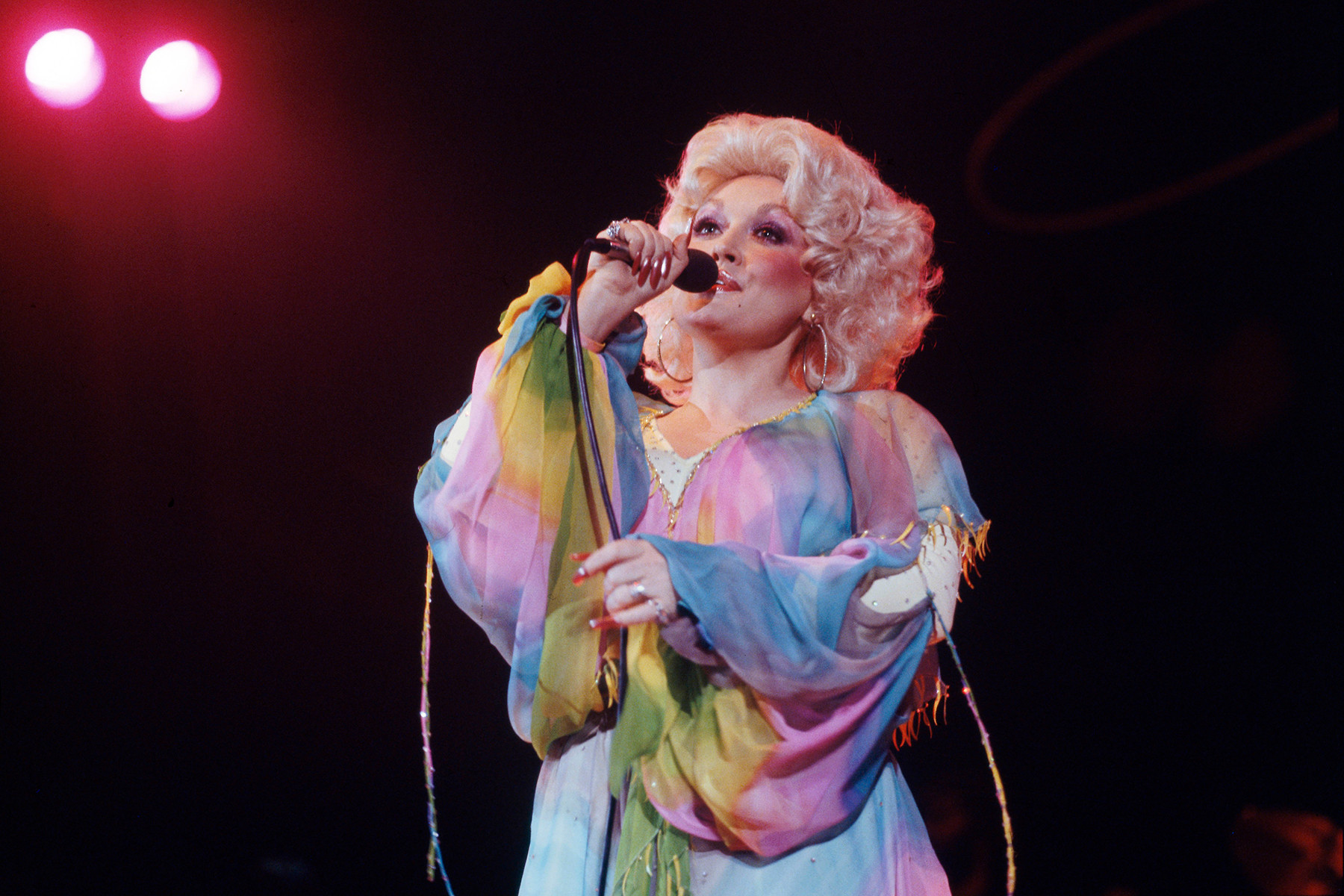 Dolly Parton performing at Hammersmith Odeon, UK
Dolly Parton performing at Hammersmith Odeon, UK
Image Credit: David Redfern/Redferns/Getty Images
“Baby I’m Burnin’” marked Dolly Parton’s first foray into dance music, foreshadowing her later successes in the genre. This combustible floor-filler became a hit and accompanied Parton’s forays into Studio 54, where she mingled with pop culture icons like Andy Warhol and Calvin Klein. “Baby I’m Burnin’” demonstrates Parton’s adventurous spirit and willingness to experiment with different musical styles. Her later dance hits, including “Faith” with Galantis and a cover of Cat Stevens’ “Peace Train,” further solidified her crossover appeal and versatility.
‘Wildflowers,’ with Linda Ronstadt and Emmylou Harris
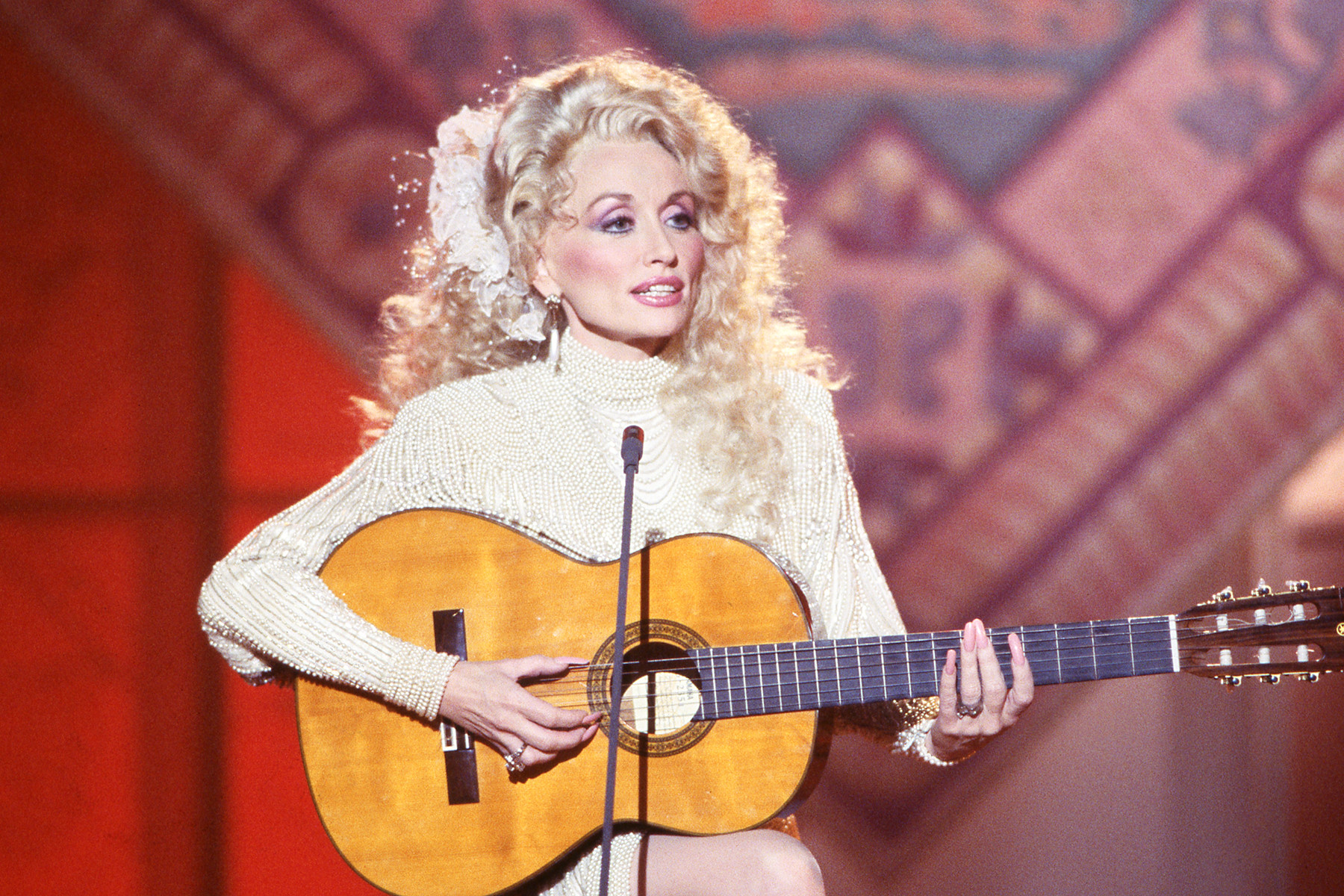 Dolly Parton, Linda Ronstadt, and Emmylou Harris in Trio
Dolly Parton, Linda Ronstadt, and Emmylou Harris in Trio
Image Credit: Craig Sjodin/Disney General Entertainment Content/Getty Images
“Wildflowers,” from the Grammy Hall of Fame-inducted Trio album with Linda Ronstadt and Emmylou Harris, is a standout track within a collection of stunning harmonies. The Trio album itself is considered a masterpiece of vocal collaboration, and “Wildflowers,” Parton’s paean to wanderlust, is a prime example of its beauty. The song, like the album, showcases the seamless vocal blend of Parton, Harris, and Ronstadt, creating a “pure-country garden of earthly – and otherworldly – delights,” and highlighting Parton’s evocative songwriting and collaborative spirit.
‘Why’d You Come in Here Lookin’ Like That’
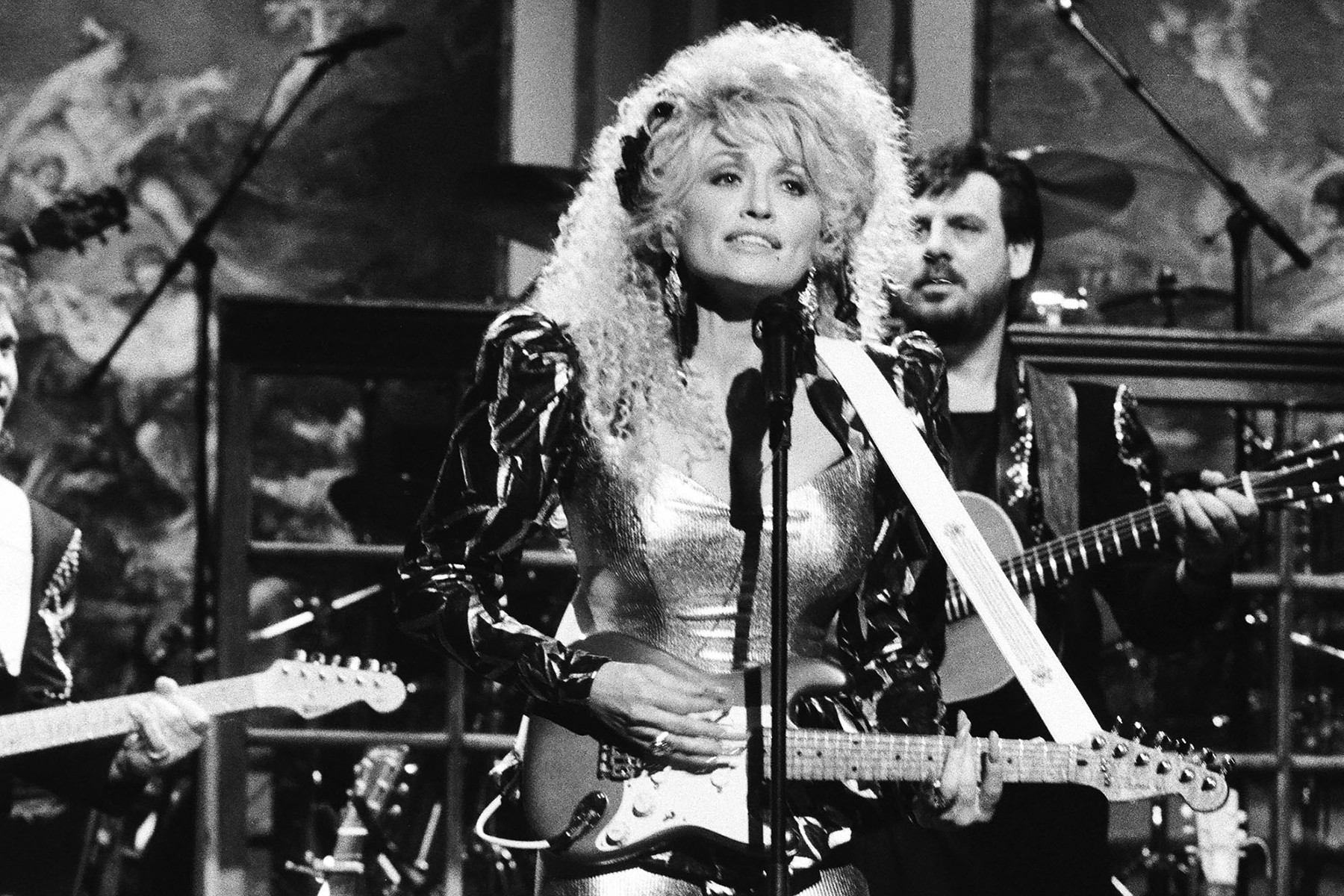 Dolly Parton performing on Saturday Night Live, 1989
Dolly Parton performing on Saturday Night Live, 1989
Image Credit: NBCU Photo Bank/Getty Images
“Why’d You Come in Here Lookin’ Like That,” from the White Limozeen album, revitalized Dolly Parton’s career in 1989. Produced by Ricky Skaggs, this chart-topping honky-tonk stomper is infused with Parton’s trademark sass and playful energy. While not written by Parton, her rendition makes the song irresistibly her own, embodying the song’s cheeky and confident spirit. “Why’d You Come in Here Lookin’ Like That” showcases Parton’s ability to take a song and completely inhabit it, making it a perfect vehicle for her dynamic personality and stage presence.
‘Do I Ever Cross Your Mind’
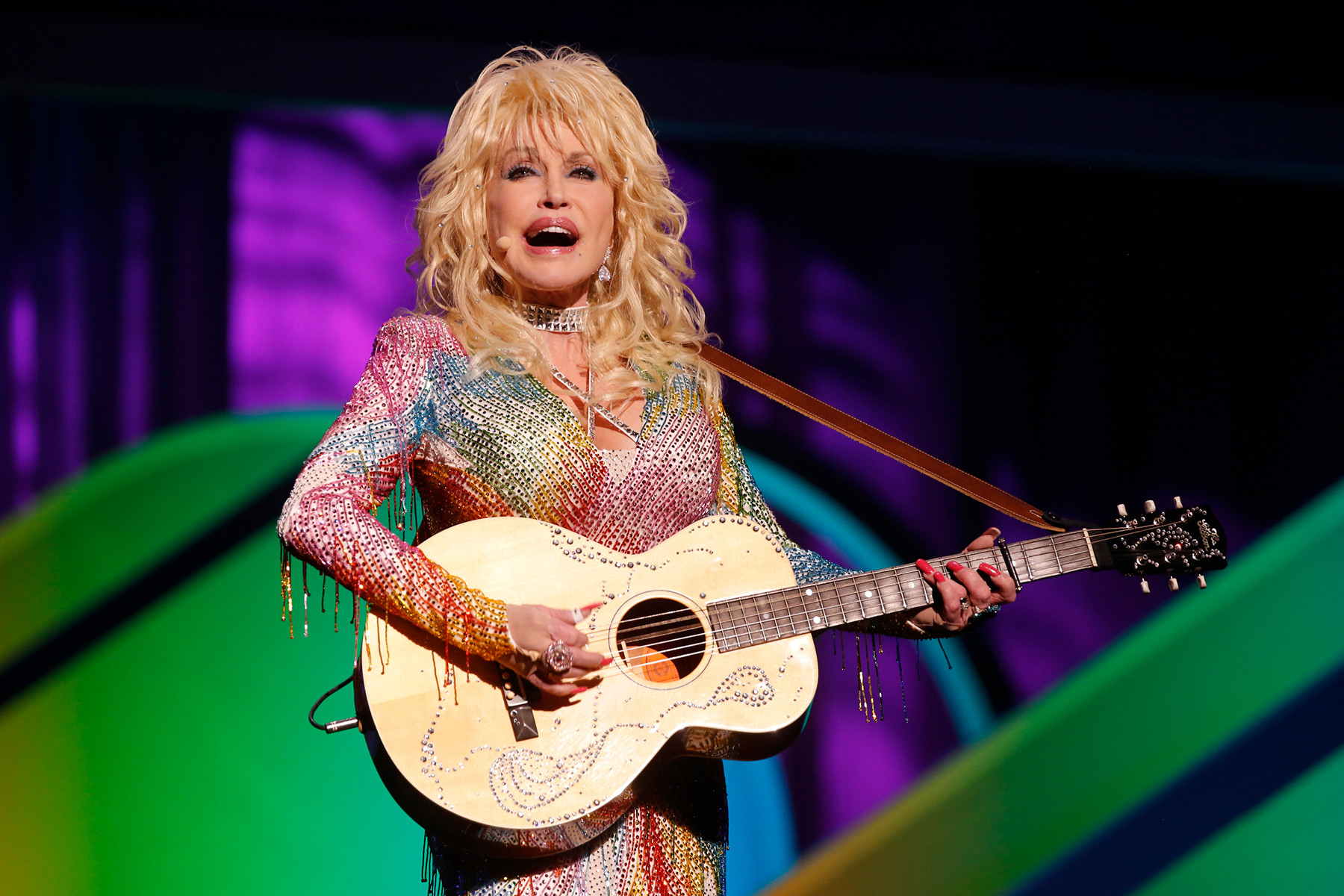 Dolly Parton at NBC Universal Events, 2015
Dolly Parton at NBC Universal Events, 2015
Image Credit: Paul Drinkwater/NBCU Photo Bank/Getty Images
“Do I Ever Cross Your Mind” is a perennial favorite in Dolly Parton’s live shows, often performed with comedic interludes. First recorded with Chet Atkins, featuring his distinctive guitar work and Parton’s infectious laughter, the song has been revisited in various forms, including a gospel-infused solo rendition in 1982 and a Trio recording in 1994. “Do I Ever Cross Your Mind” demonstrates the enduring appeal of Parton’s songwriting and its versatility across different musical styles and collaborations, remaining a beloved song throughout her career.
‘All I Can Do’
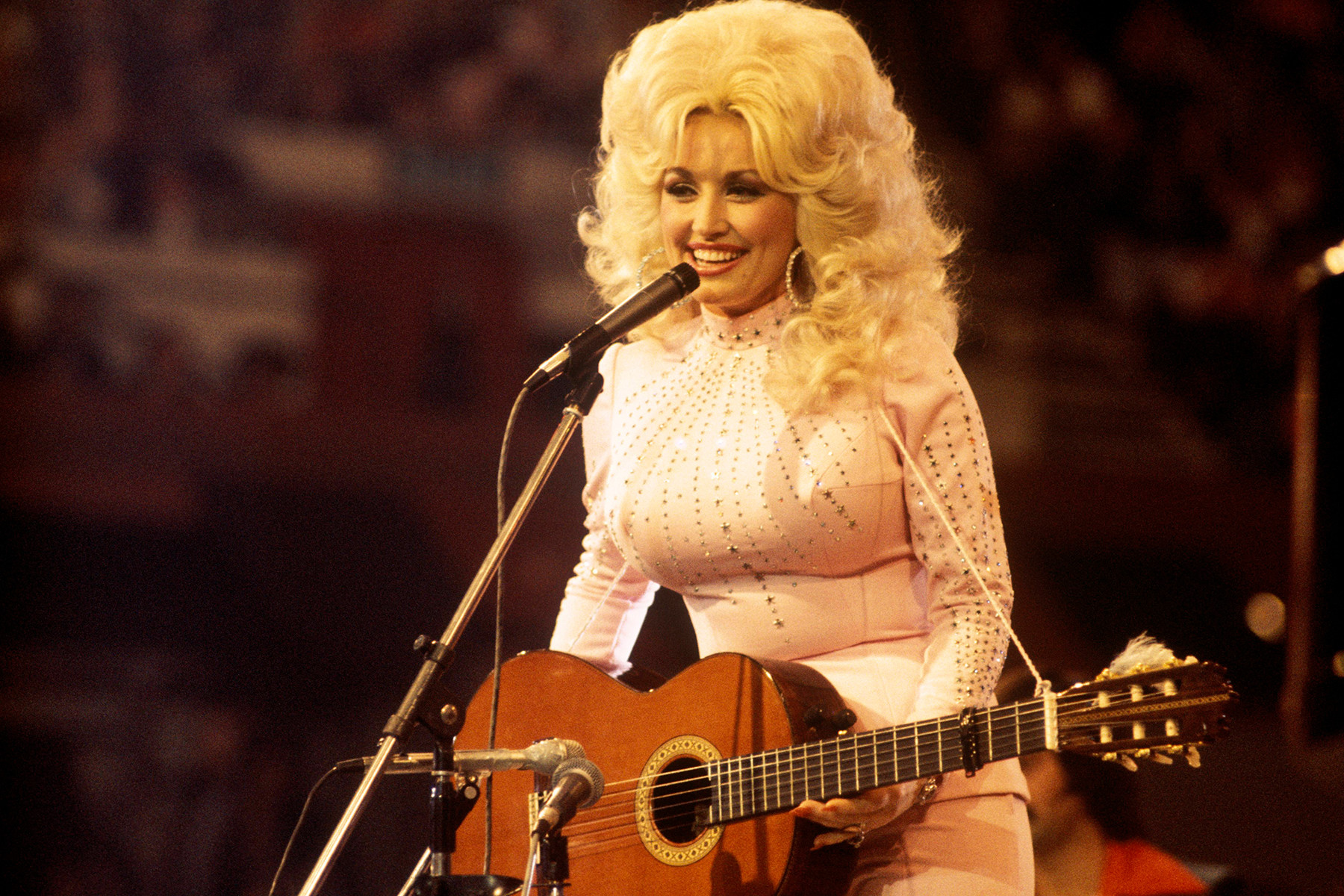 Dolly Parton with a guitar, 1976
Dolly Parton with a guitar, 1976
Image Credit: David Redfern/Redferns/Getty Images
“All I Can Do,” the title track from her Grammy-nominated album, is one of Dolly Parton’s most ebullient and irresistible love songs. This joyful and upbeat track was also covered by actress and singer Mary Kay Place, known for her role as Loretta Haggers on Mary Hartman, Mary Hartman. “All I Can Do” exemplifies Parton’s skill in writing love songs that are both deeply felt and universally appealing, capturing the exhilaration and optimism of romantic love with her characteristic warmth and charm.
‘Two Doors Down’
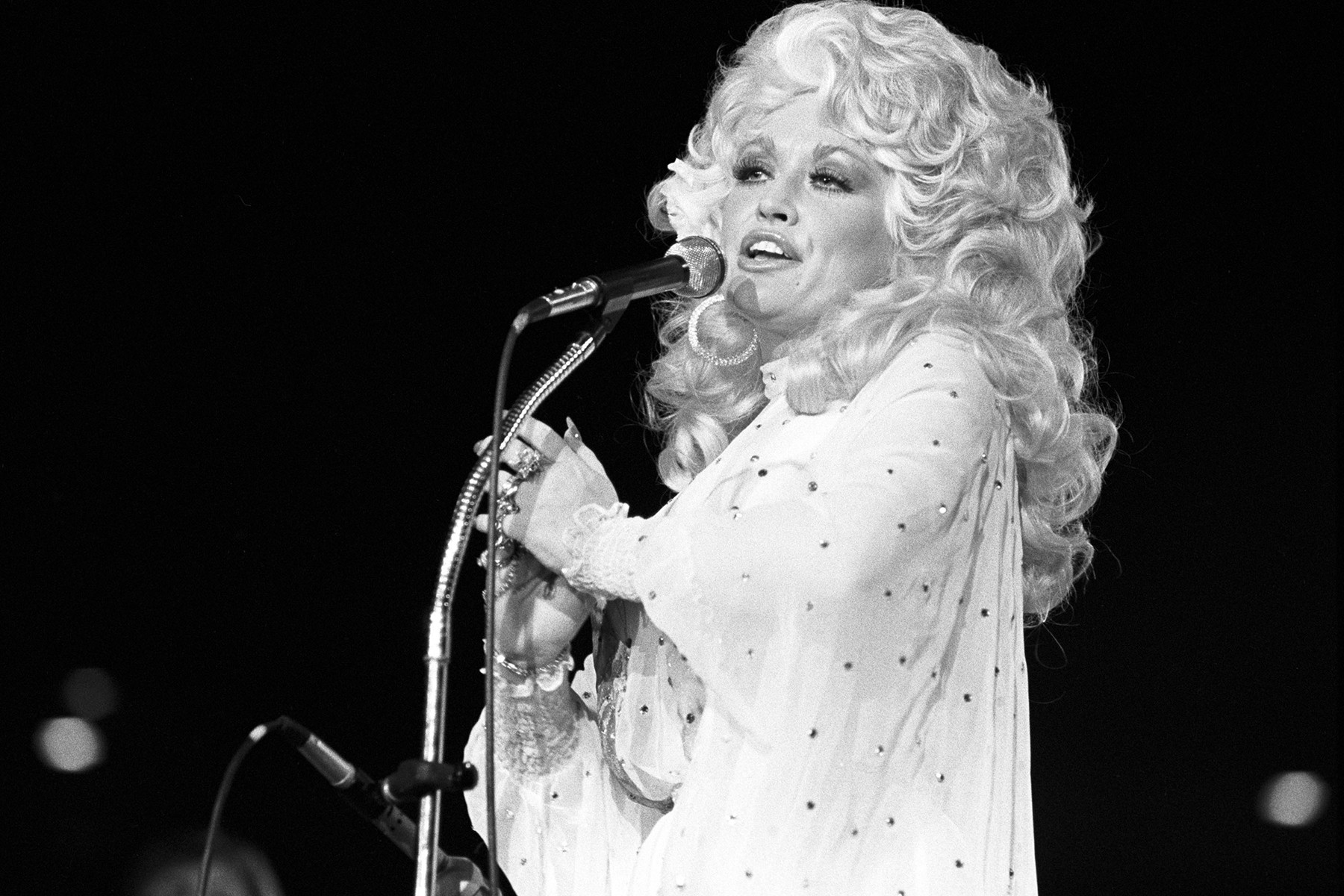 Dolly Parton performing at Georgia Tech
Dolly Parton performing at Georgia Tech
Image Credit: Tom Hill/WireImage/Getty Images
“Two Doors Down” is a song rooted in a real-life moment of solitude and temptation. Inspired by Parton’s experience in a Howard Johnson’s Motor Inn, where she resisted the urge to indulge in fried clams while hearing her band enjoying a party nearby, the song tells the story of a woman who decides to join the fun and finds romance. “Two Doors Down” is a lighthearted and relatable narrative song that showcases Parton’s ability to turn everyday experiences into engaging and catchy tunes, blending personal anecdotes with universal themes of loneliness and connection.
‘Just Because I’m A Woman’
 Dolly Parton portrait
Dolly Parton portrait
Image Credit: Richard E. Aaron/Redferns/Getty Images
“Just Because I’m A Woman,” from her 1967 debut, is a powerful early feminist statement in Dolly Parton’s songbook. Following her playful declaration of independence in “Dumb Blonde,” “Just Because I’m A Woman” takes a more somber and direct approach to addressing sexist double standards. Parton’s opening lines, “Let me tell you this so we’ll both know where we stand,” set a tone of unflinching honesty and challenge societal expectations. The song is a courageous and groundbreaking exploration of gender inequality, delivered with Parton’s characteristic blend of vulnerability and strength.
‘My Tennessee Mountain Home’
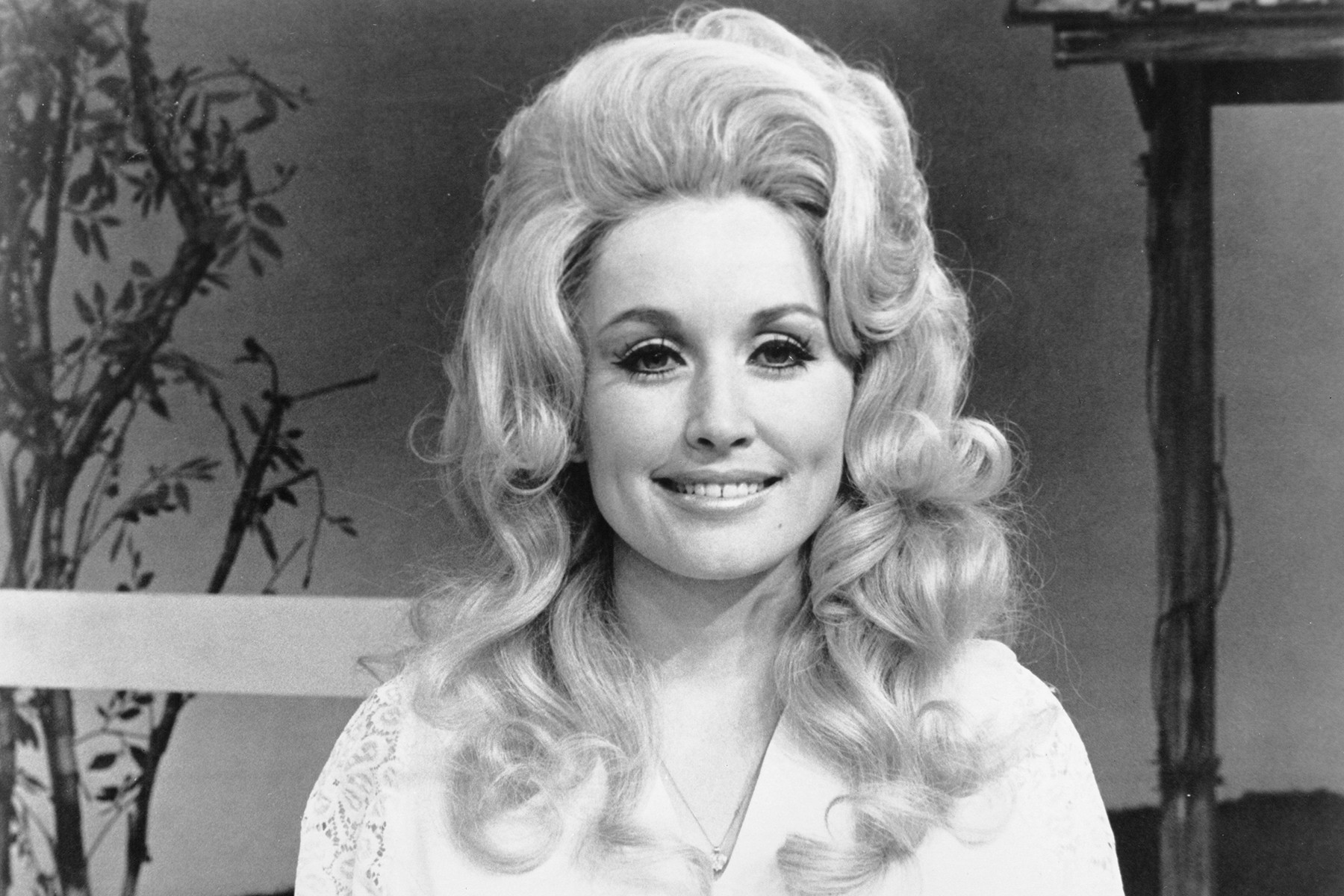 Dolly Parton portrait, circa 1972
Dolly Parton portrait, circa 1972
Image Credit: Michael Ochs Archives/Getty Images
“My Tennessee Mountain Home,” the title track from her now-50-year-old album, is a tranquil and nostalgic reflection on Dolly Parton’s childhood and roots. The song evokes the peaceful imagery of her humble mountain home, where she spent time singing, playing music, and dreaming of the future. “My Tennessee Mountain Home” captures the dreamier side of Parton’s personality, emphasizing the enduring importance of family, music, and memories in her life and art. It’s a song that resonates with themes of home, belonging, and the formative power of childhood experiences.
‘Little Sparrow’
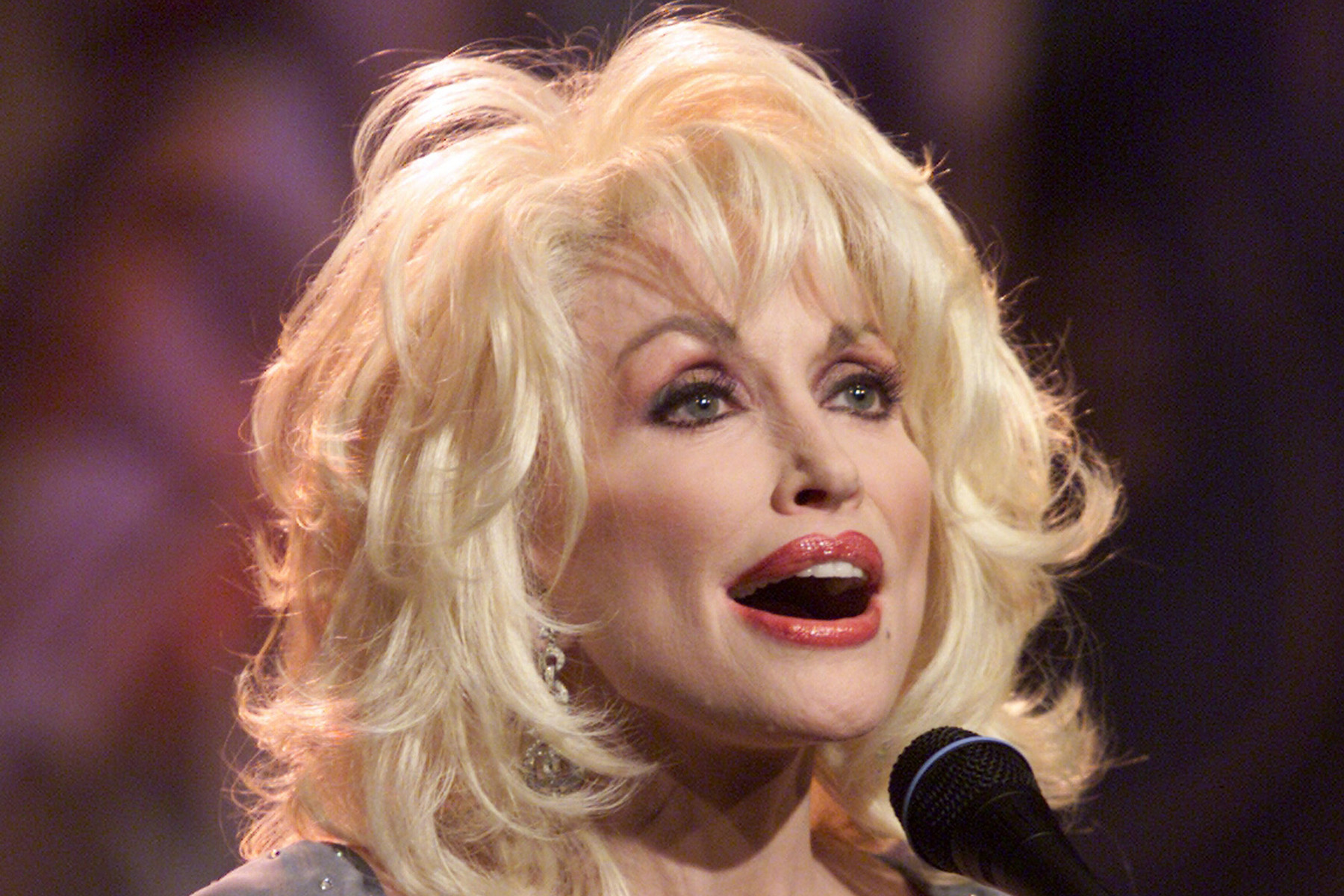 Dolly Parton portrait
Dolly Parton portrait
Image Credit: Paul Drinkwater/NBCU Photo Bank/NBCUniversal/Getty Images
“Little Sparrow,” the title track from the second album in Parton’s bluegrass trilogy, is another powerful feminist anthem, blending traditional melodies with her original lyrics. The song begins with a fragile and broken tone but evolves into a message of strength and resolve. The harmony-laced a cappella intro is particularly striking, setting a chilling and evocative atmosphere. “Little Sparrow” exemplifies Parton’s ability to merge traditional musical forms with contemporary themes, creating songs that are both timeless and deeply relevant, particularly in their message of female empowerment.
‘9 To 5’
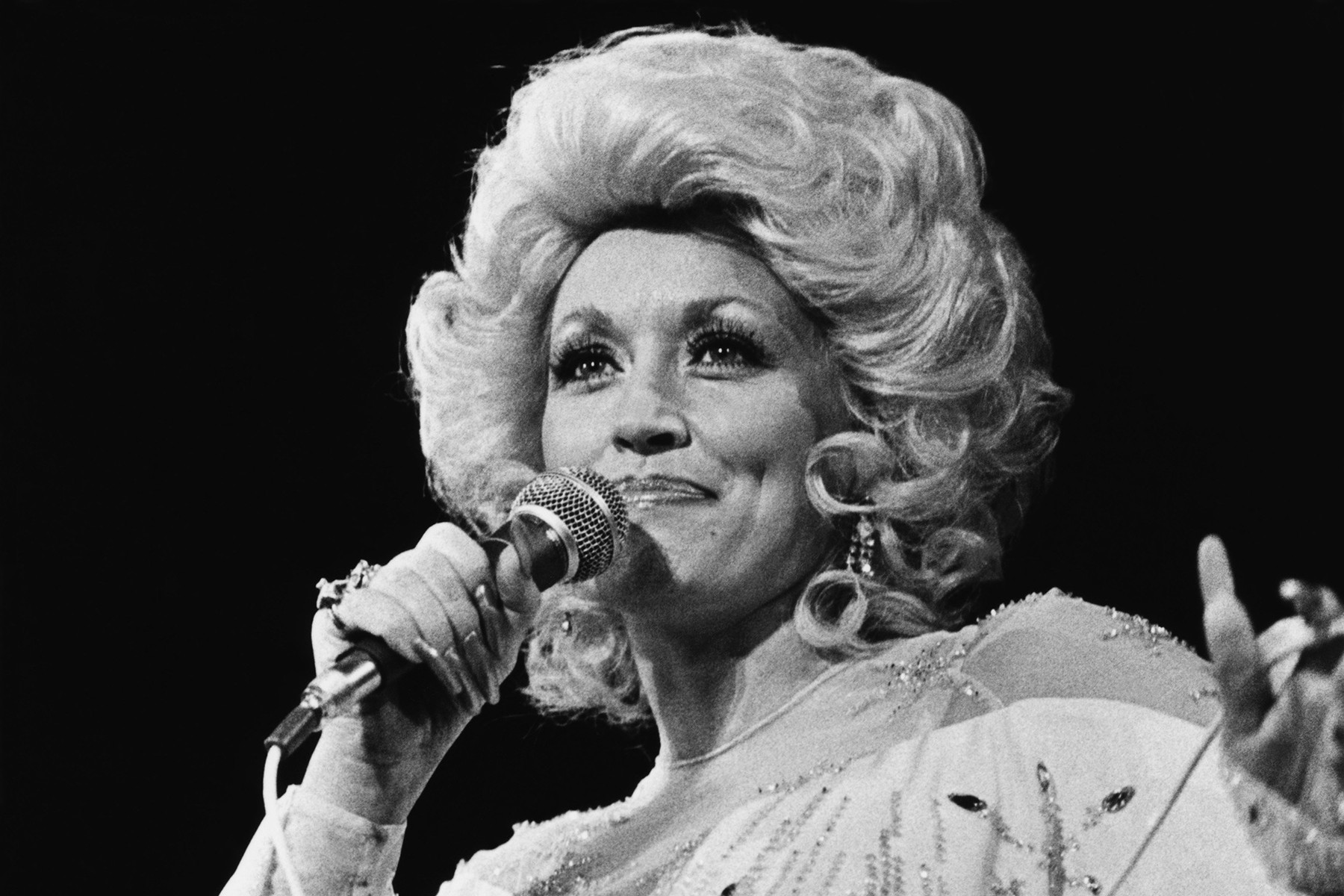 Dolly Parton performing in Universal City, CA, 1980
Dolly Parton performing in Universal City, CA, 1980
Image Credit: George Rose/Getty Images
“9 to 5” is arguably Dolly Parton’s most transformative song, reaching far beyond the realm of music. Oscar-nominated and Grammy-winning, “9 to 5” accompanied Parton’s debut film role and has since become a cultural phenomenon. The song has anchored a Broadway musical and a 2022 documentary, Still Working 9 to 5, underscoring its enduring relevance as a feminist statement on labor equity. “9 to 5” is a testament to Parton’s ability to write songs that not only entertain but also spark social conversation and remain powerfully relevant across decades.
‘Islands In the Stream,’ with Kenny Rogers
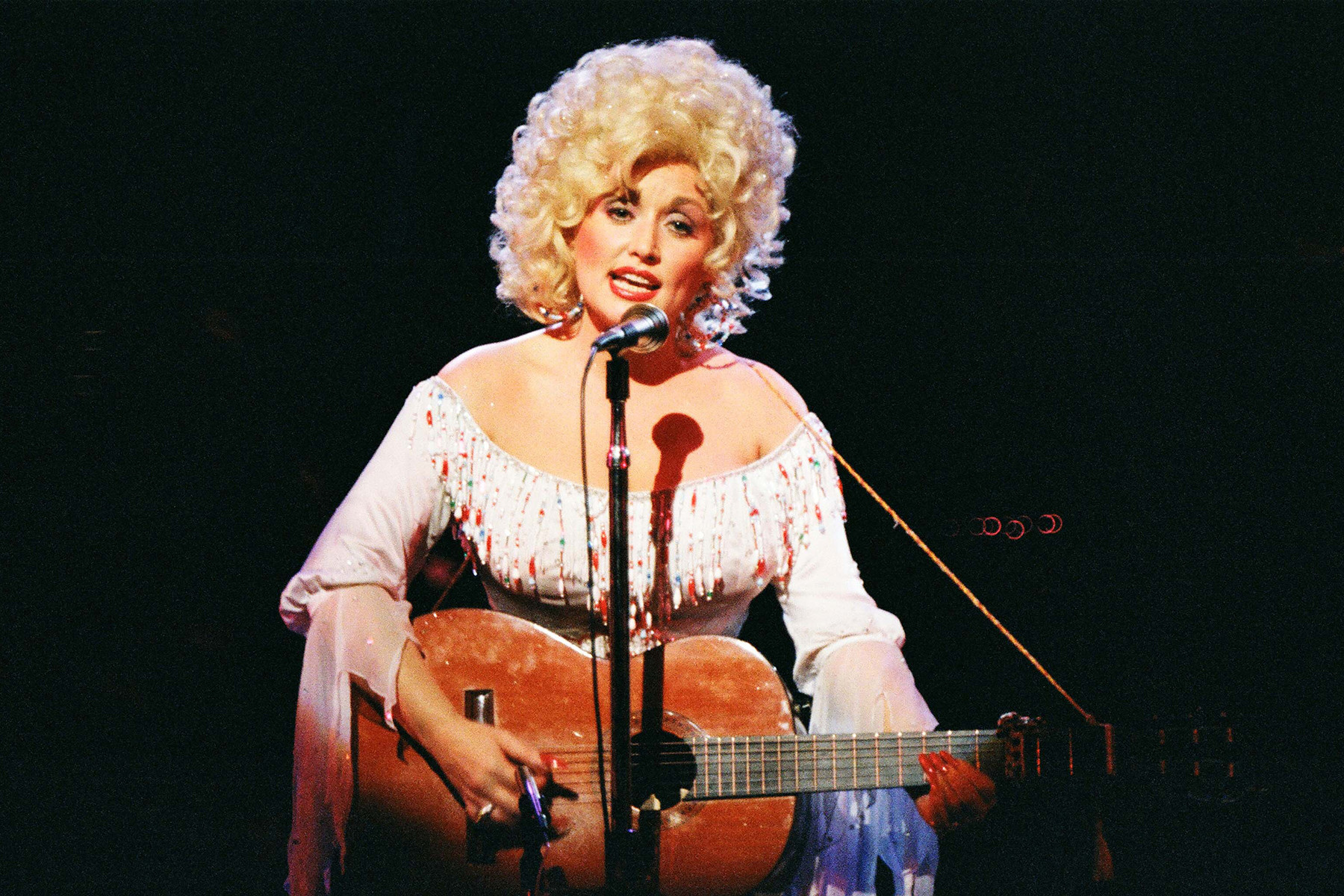 Dolly Parton performing at The Dominion Theatre, London, 1983
Dolly Parton performing at The Dominion Theatre, London, 1983
Image Credit: Pete Still/Redferns/Getty Images
“Islands In the Stream,” a duet with Kenny Rogers, is a pop-country supernova resulting from the collaboration of two shining solo artists at their peak. Written by the Bee Gees (Barry, Robin, and Maurice Gibb), the song became an instant classic and one of the most memorable pop-country duets of all time. “Islands In the Stream” cemented the lifelong bond between Dolly and Kenny, topping both country and pop charts and selling millions of copies. The song’s timeless melody and the undeniable chemistry between Parton and Rogers have made it a karaoke staple and a beloved duet across generations.
‘Here You Come Again’
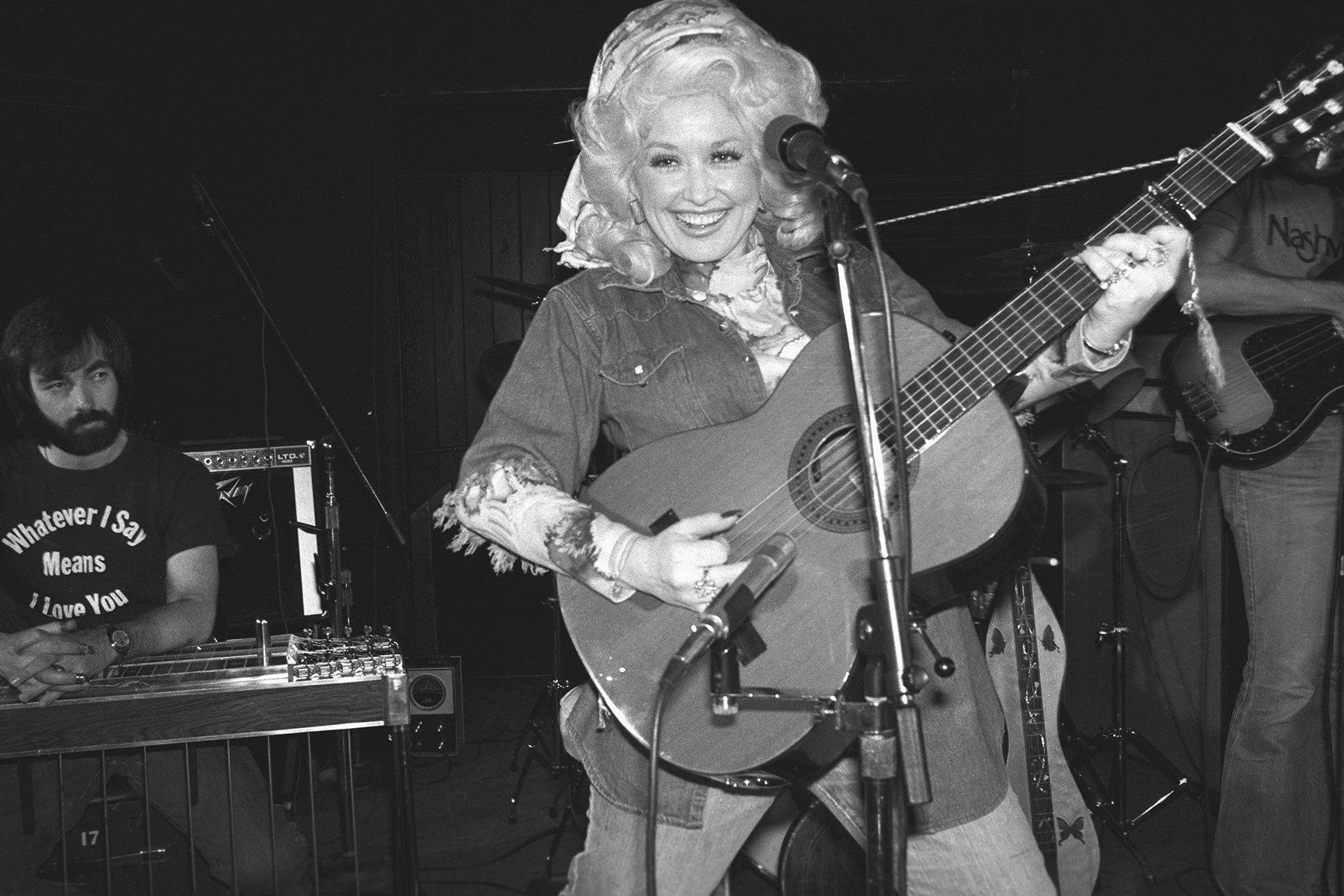 Dolly Parton rehearsing in New York City
Dolly Parton rehearsing in New York City
Image Credit: Bettmann Archive/Getty Images
“Here You Come Again” marked Dolly Parton’s strategic move towards crossover pop stardom. Released in 1977, the song, originally recorded by B.J. Thomas, became Parton’s breakthrough pop hit, reaching Number Three on the pop charts and Number One in country. “Here You Come Again” showcased Parton’s vocal versatility and broadened her appeal to a wider audience, leading to her first million-selling album and launching her into the global entertainment stratosphere. The Grammy-winning song, a Barry Mann-Cynthia Weil gem, remains a defining moment in Parton’s career, signaling her successful transition to a global icon.
‘Light of a Clear Blue Morning’
 Dolly Parton in concert in New York City, circa 1977
Dolly Parton in concert in New York City, circa 1977
Image Credit: Getty Images
“Light of a Clear Blue Morning” is deeply personal for Dolly Parton, referring to it as “my song of deliverance.” The song was born from a moment of personal and professional transition, as Parton recalled leaving Porter Wagoner’s office and driving home through a rainstorm that cleared to reveal sunlight. This moment of metaphorical and literal clarity inspired the song, symbolizing Parton’s emergence as an independent artist on the verge of superstardom. Reworked for her 1992 film Straight Talk, “Light of a Clear Blue Morning” reflects Parton’s journey to empowerment and self-realization, becoming an anthem of hope and renewal.
‘I Will Always Love You’
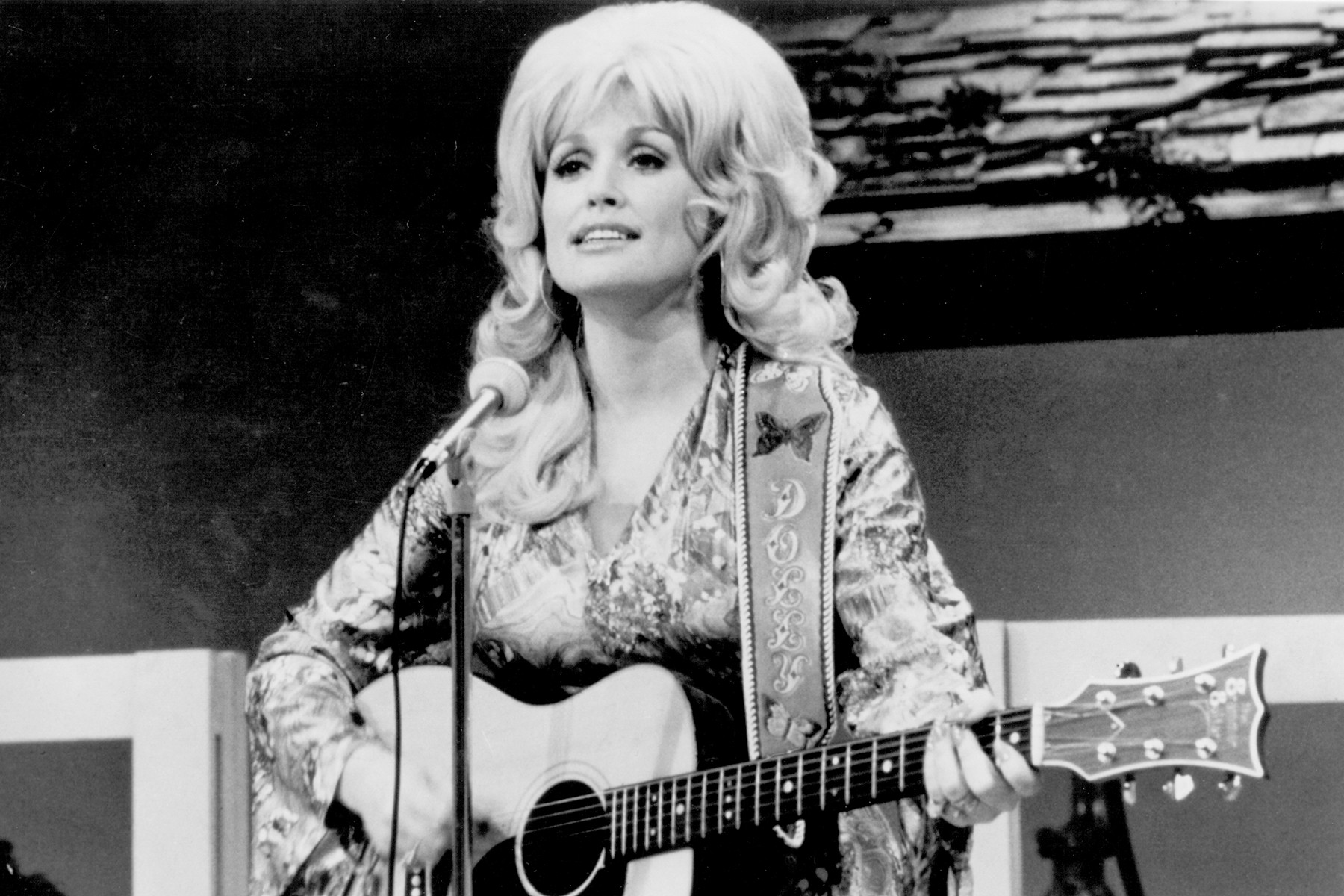 Dolly Parton performing with an acoustic guitar, 1974
Dolly Parton performing with an acoustic guitar, 1974
Image Credit: Michael Ochs Archives/Getty Images
“I Will Always Love You,” while often played at weddings, is fundamentally a bittersweet song of farewell and independence. Decades ago, this unfeigned expression of gratitude was Parton’s way of communicating her desire for solo career freedom to her duet partner Porter Wagoner. The genuinely moving ballad ultimately persuaded Wagoner to grant her that freedom. Whitney Houston’s iconic 1992 rendition for The Bodyguard soundtrack amplified the song’s global reach and solidified its status as a timeless classic, but its origin remains deeply rooted in Parton’s personal and professional journey.
‘Coat of Many Colors’
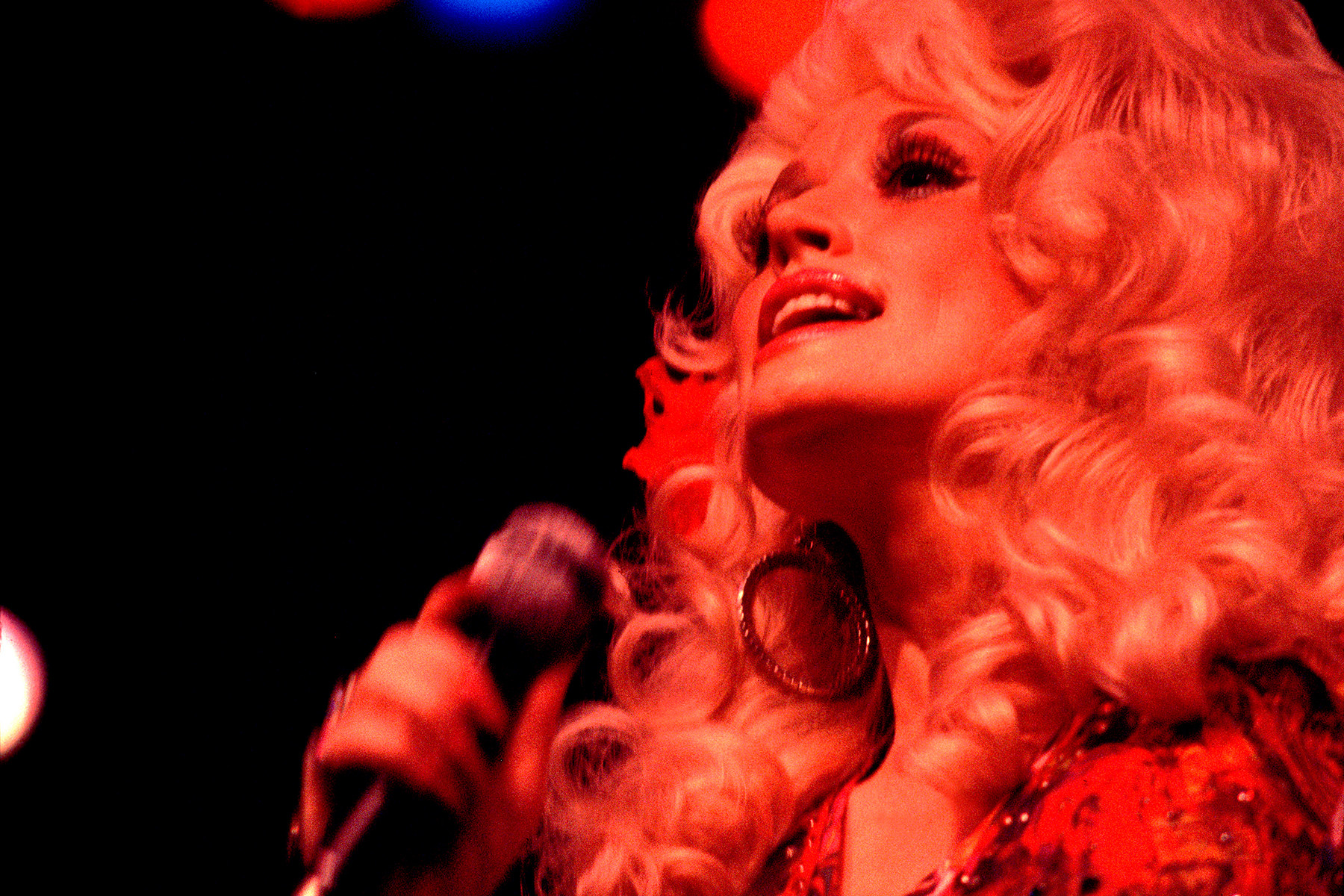 Dolly Parton portrait
Dolly Parton portrait
Image Credit: Paul Natkin/Getty Images
“Coat of Many Colors” is more than just a song; it’s a multimedia enterprise encompassing a made-for-TV film, a children’s book, and numerous covers. However, the heart of its power lies in Parton’s live performances, where she recounts the deeply personal story behind the song. Recalling the childhood experience of receiving a coat lovingly made by her mother from scraps of fabric and the subsequent taunts from classmates, Parton delivers the song with raw emotion. Written on the back of a dry-cleaning receipt, “Coat of Many Colors” is a testament to Parton’s songwriting genius and her ability to transform personal hardship into universally resonant art, securing her indelible legacy with its profound message of pride and resilience.
‘Jolene’
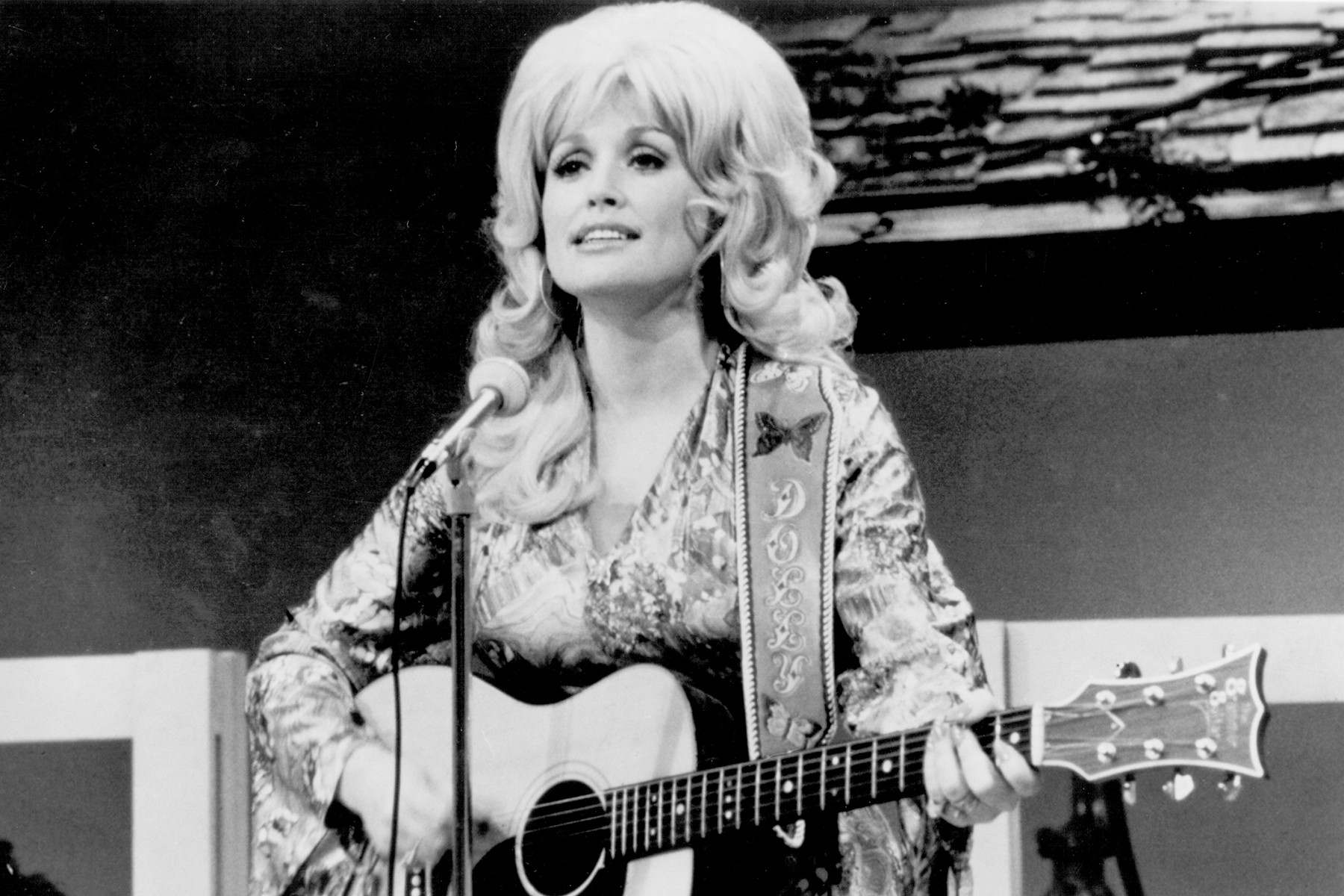 Dolly Parton performing with an acoustic guitar, 1974
Dolly Parton performing with an acoustic guitar, 1974
Image Credit: Michael Ochs Archives/Getty Images
“Jolene” is perhaps Dolly Parton’s most covered and beloved song, with over 400 renditions and counting. Parton’s live performances often include anecdotes about the statuesque, redheaded bank teller who inspired the song’s narrative of jealousy and vulnerability. “Jolene” marked Parton’s first appearance on the Billboard Hot 100, showcasing her songwriting at its most relatable and emotionally exposed. Fifty years after its release, “Jolene” remains a dearly beloved classic, transcending language and genre barriers, a testament to its universal themes and Parton’s enduring artistry.
